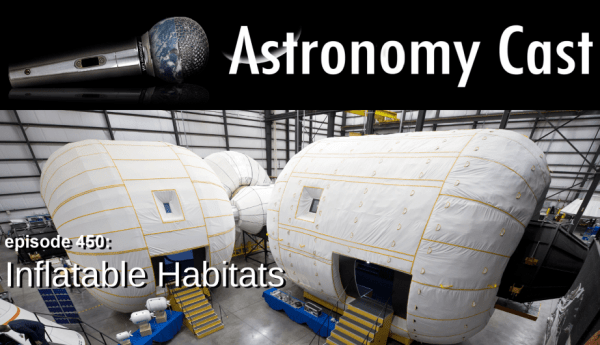
Continue reading
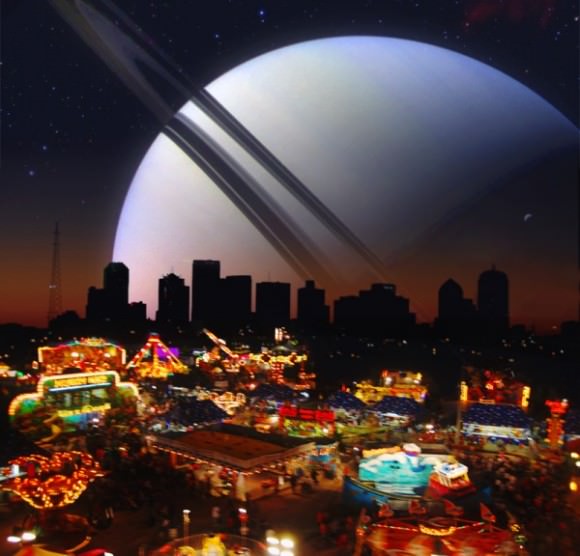
Continue reading
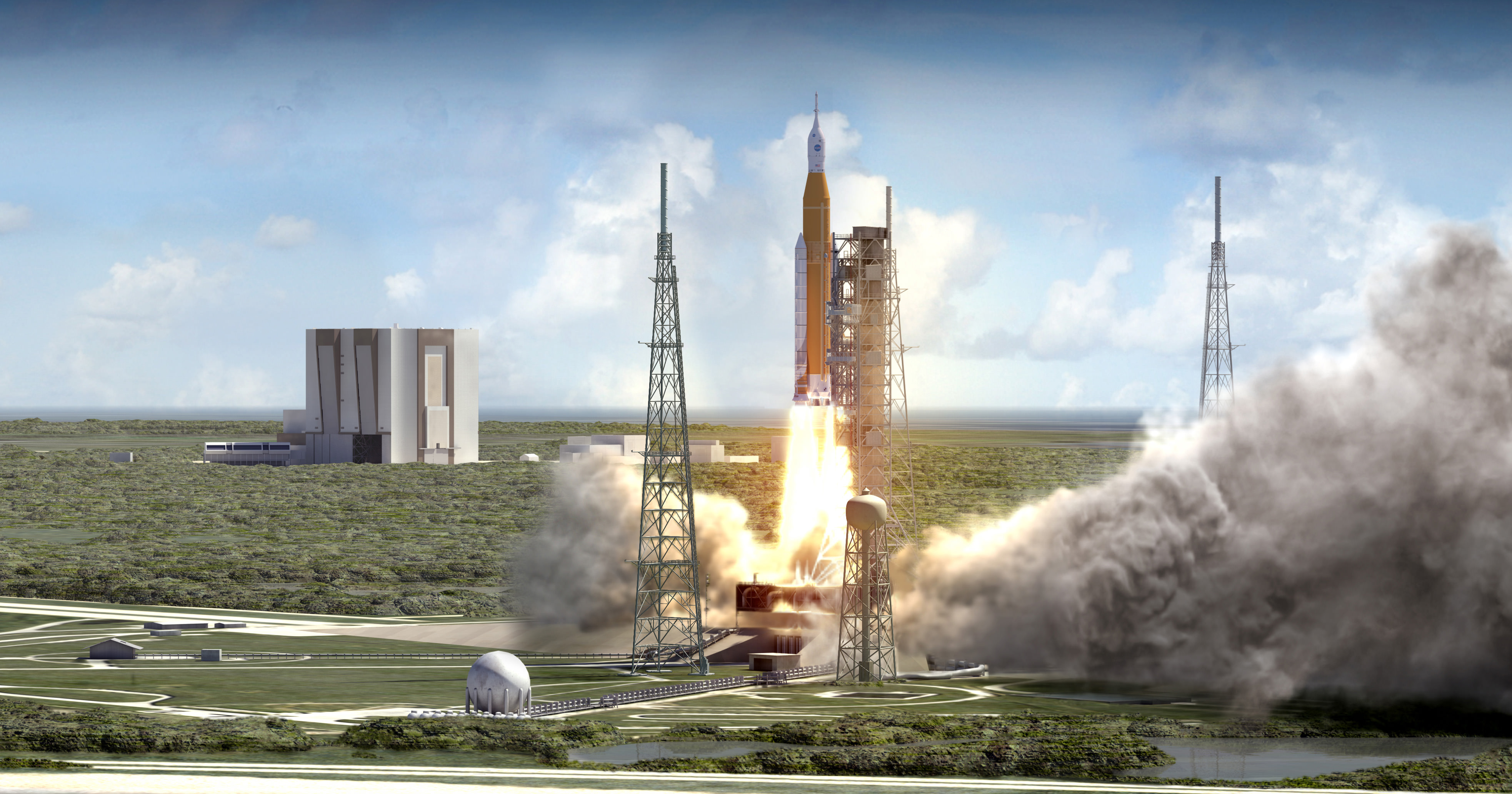
KENNEDY SPACE CENTER VISITOR COMPLEX, FL - Following up last week's announcement of NASA's proposed Fiscal Year 2018 top line budget of $19.1 Billion by the Trump Administration, Universe Today spoke to NASA' s Kennedy Space Center (KSC) Director Robert Cabana to get his perspective on the new budget and what it means for NASA and KSC; "Stay on the path!" - with SLS, Orion, ISS and Commercial Crew was his message in a nutshell.
Continue reading
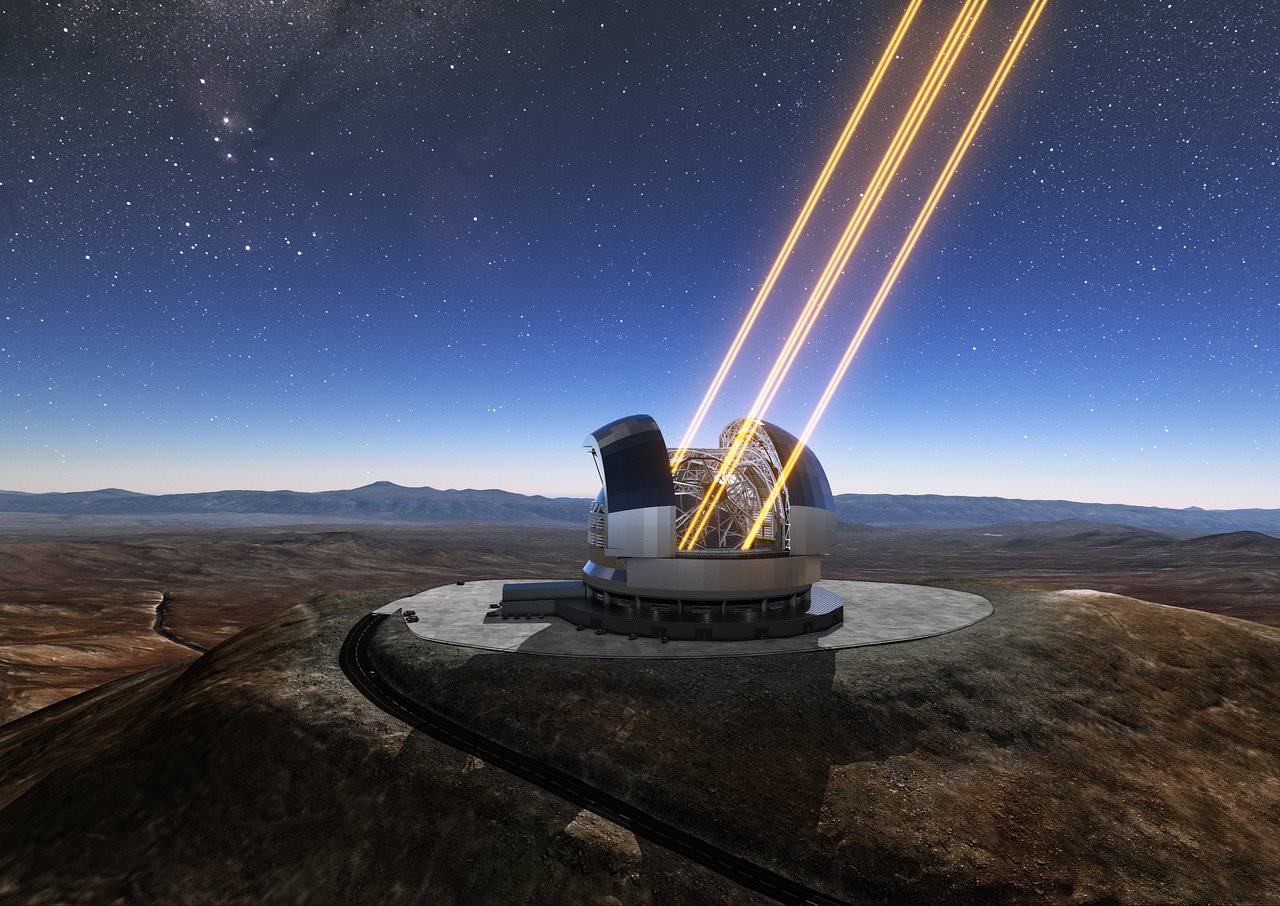
Great progress is being made on the European Extremely Large Telescope. Construction of the dome and the main telescope was marked by the "First Stone" ceremony held at the telescope's site in Chile.
Continue reading
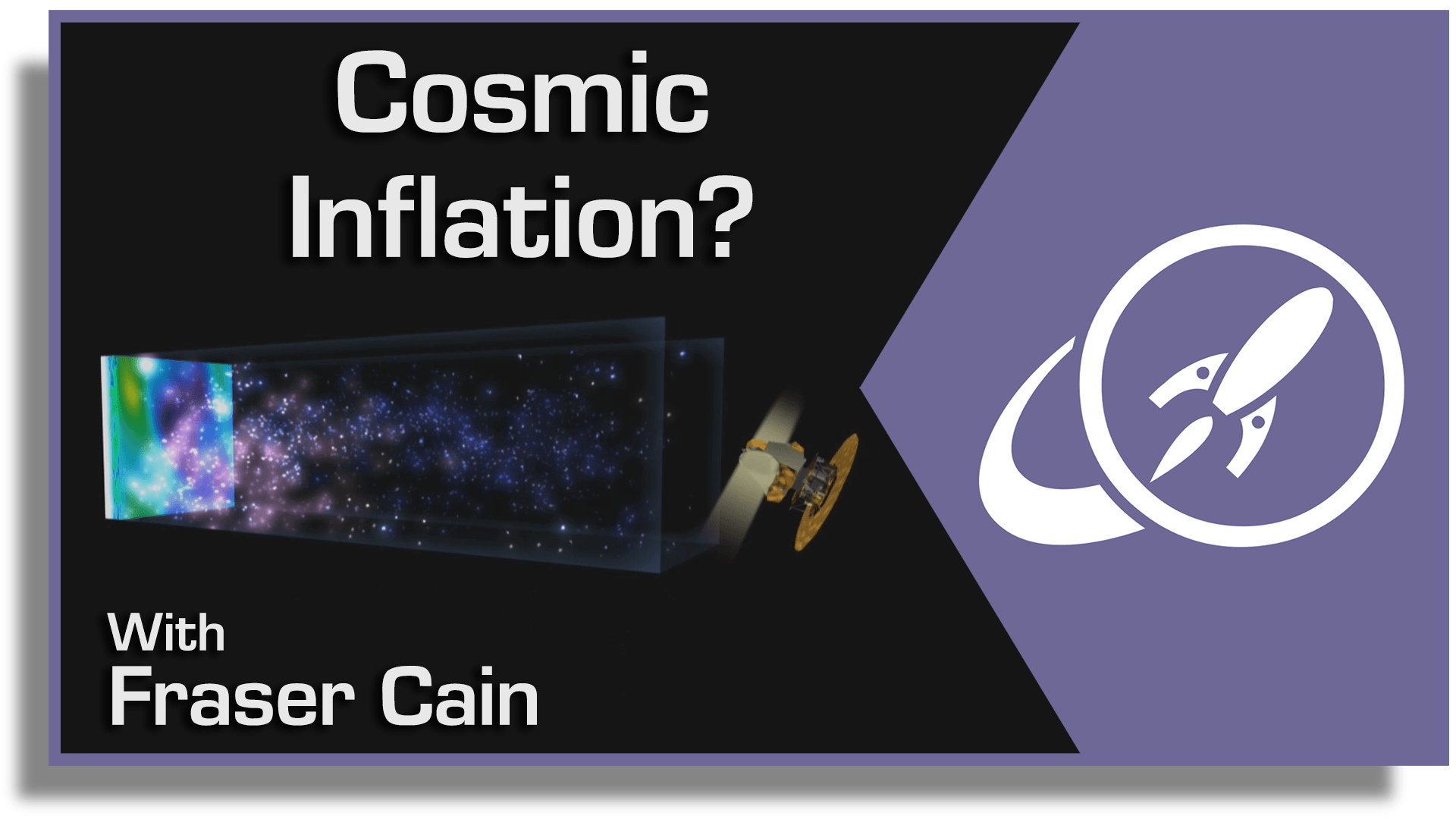
The Big Bang was a tremendous theory, but it had a few problems. In 1980 Alan Guth developed the revolutionary theory of cosmic inflation, and astronomers have been looking for evidence to this day.
Continue reading
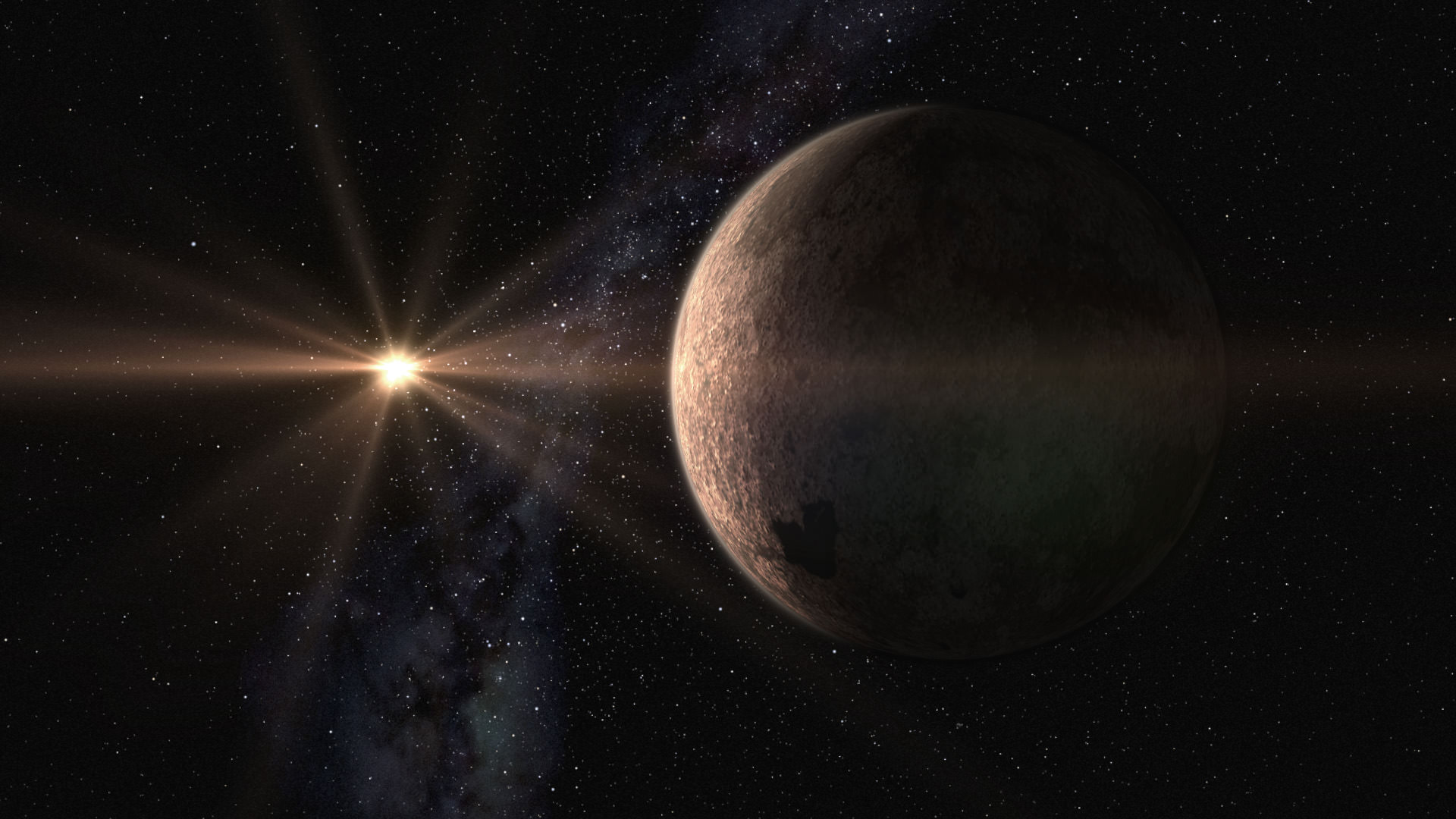
A study produced by an international team of researchers, using the HARPS-N survey, has detected a potentially habitable super-Earth just 21 light years away.
Continue reading
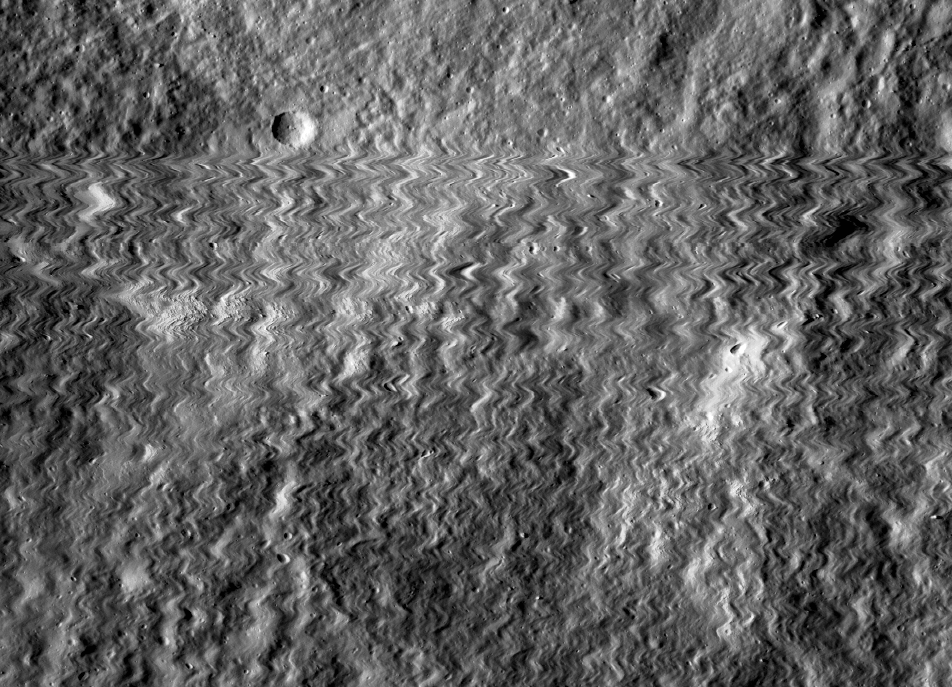
Continue reading
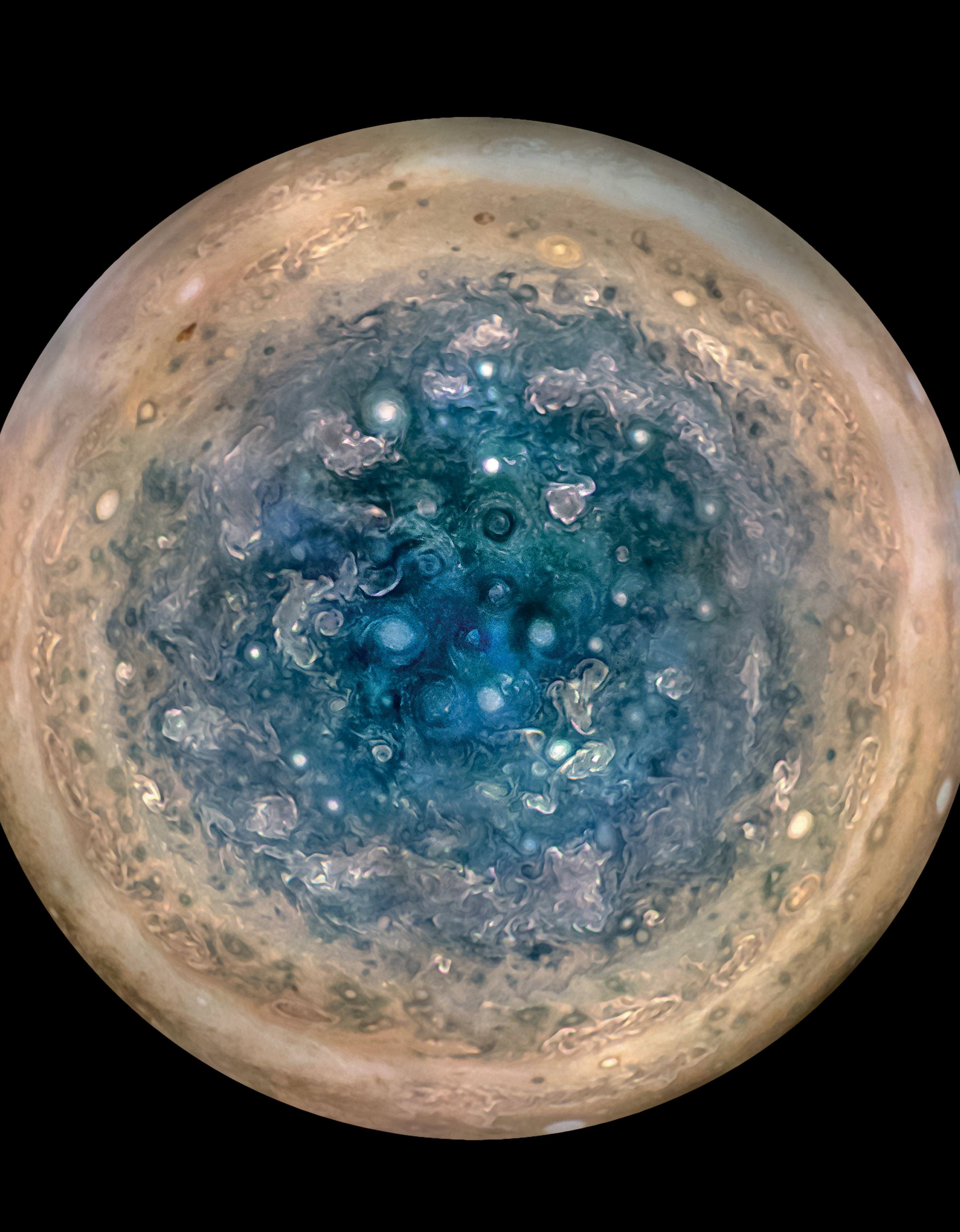
Juno is starting to reveal the complexity and beauty of our Solar System's largest planet.
Continue reading
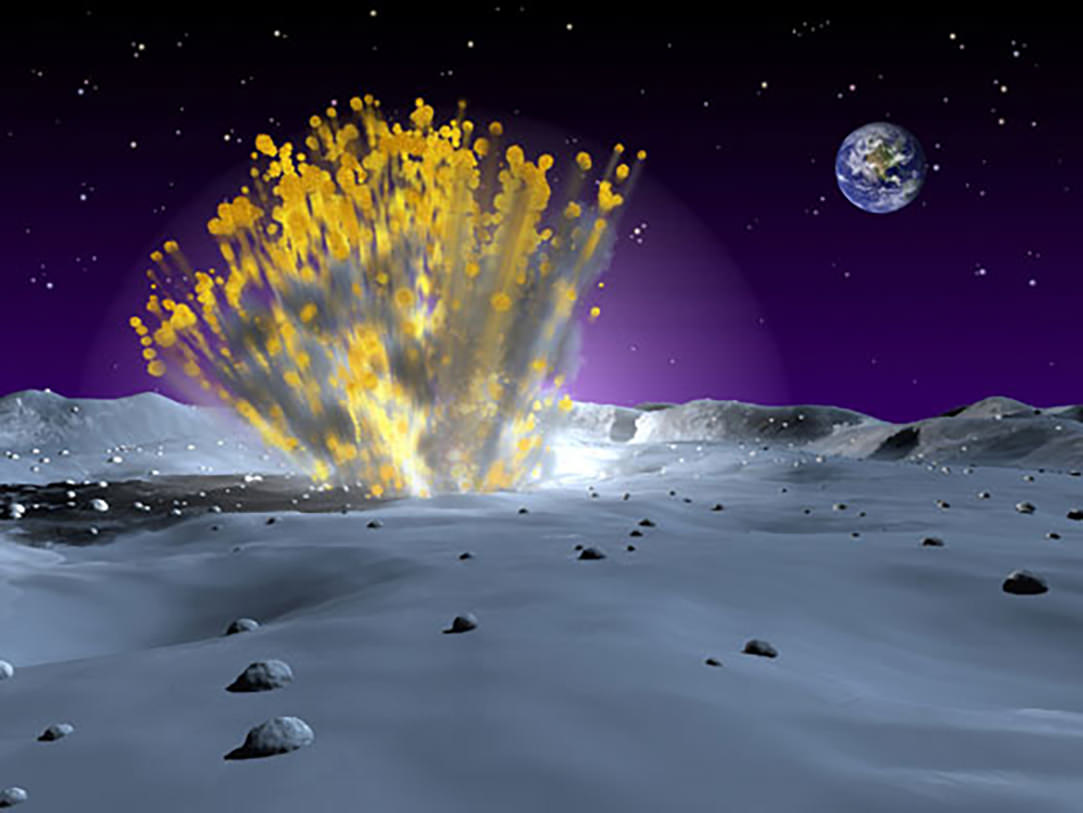
In the hopes of telling us more about Near-Earth Objects, the NELIOTA project has begun to study bright flashes on the Moon, which are generated by meteors striking the surface.
Continue reading
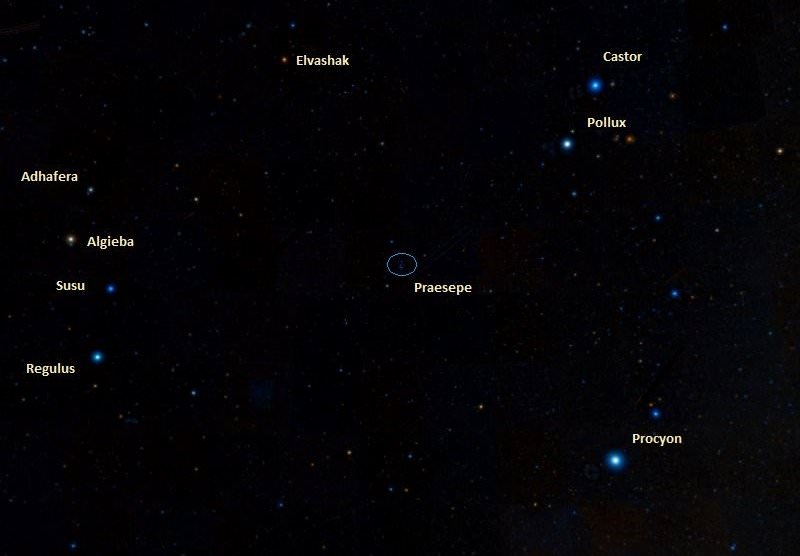
Located 577 light years away in the Cancer constellation is the open star cluster known as the Beehive Cluster (aka. Messier 44 or Praesepe)
Continue reading
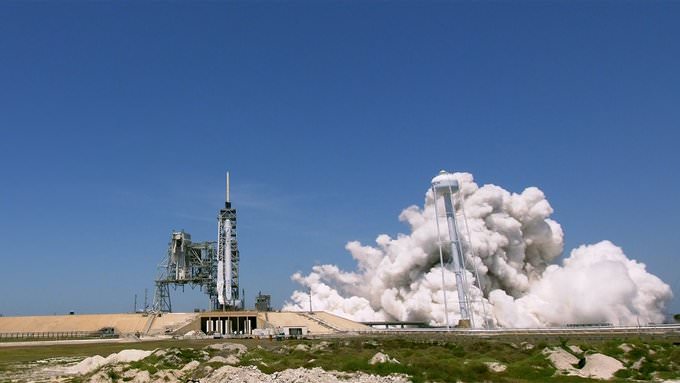
SpaceX is targeting a June 1 blastoff for the firms next cargo delivery mission to the International Space Station (ISS) for NASA following today's (May 28) successful test firing of the Falcon 9 booster's main engines on the Florida Space Coast under sunny skies.
Continue reading
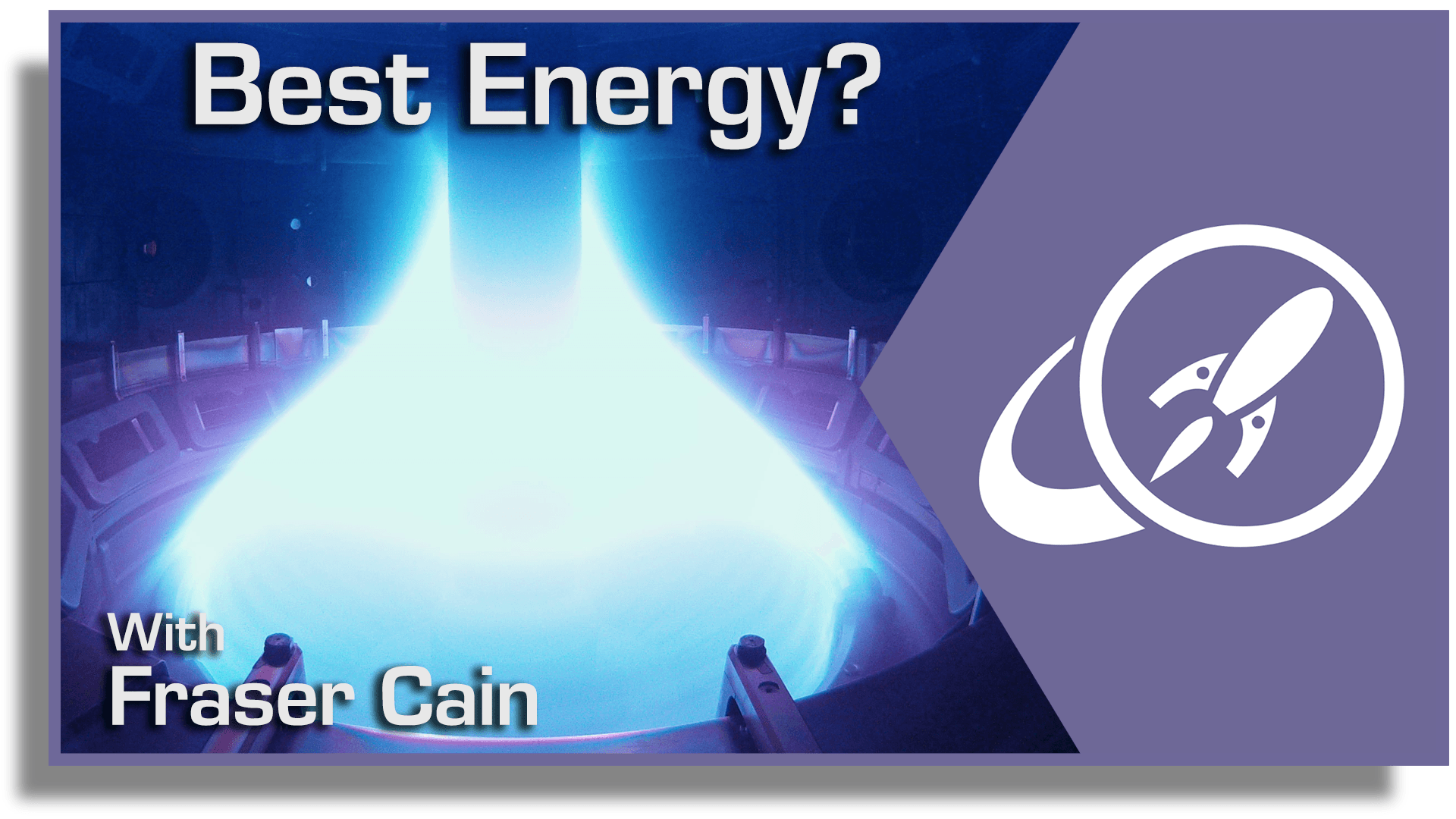
The Sun uses its enormous mass to crush hydrogen into fusion, releasing enormous energy. How long will it be until we've got this energy source for Earth?
Continue reading
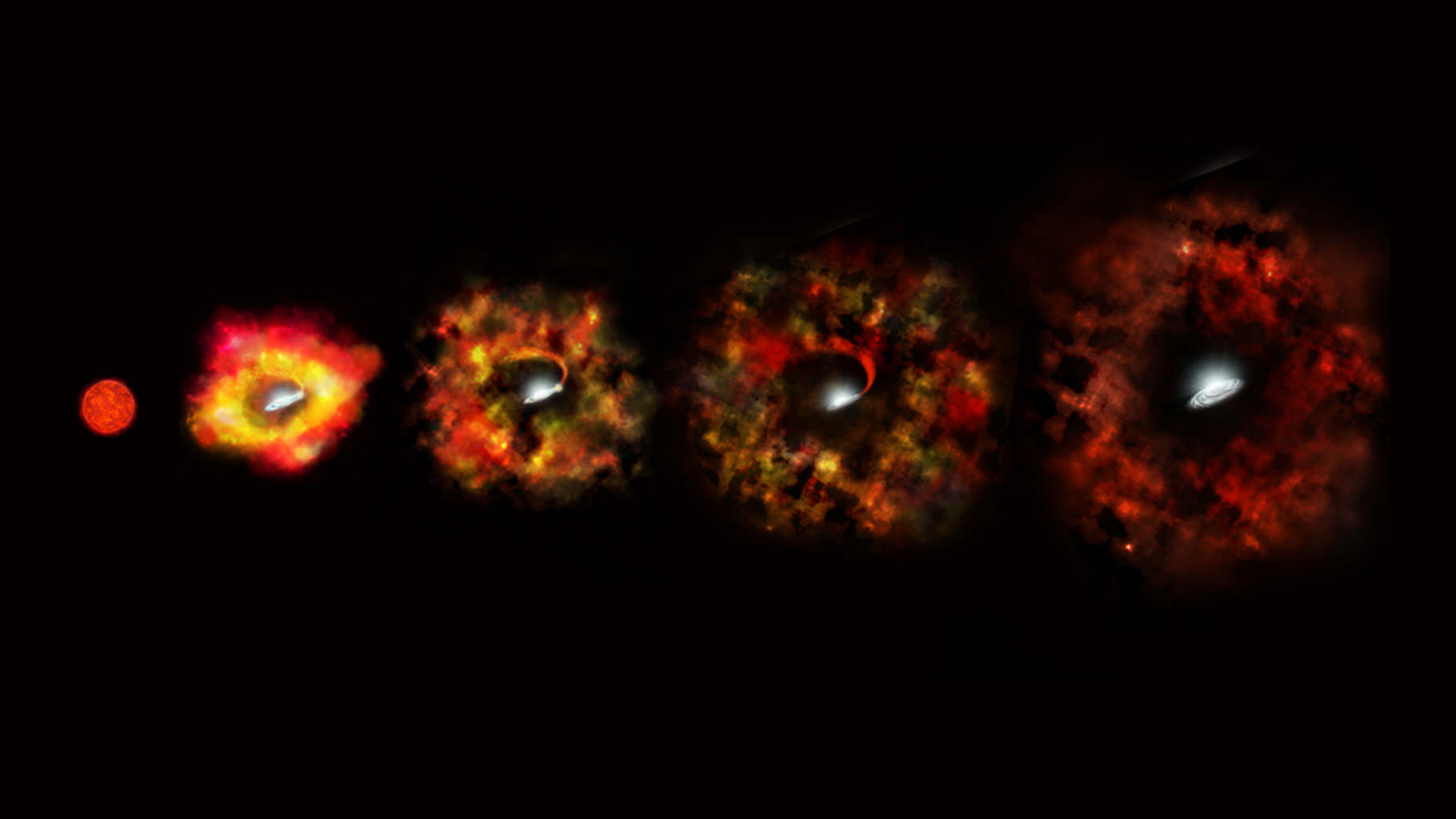
While viewing a massive star in the Fireworks Galaxy that was expected to go supernova, a team of astrophysicists instead found that it had formed a black hole.
Continue reading
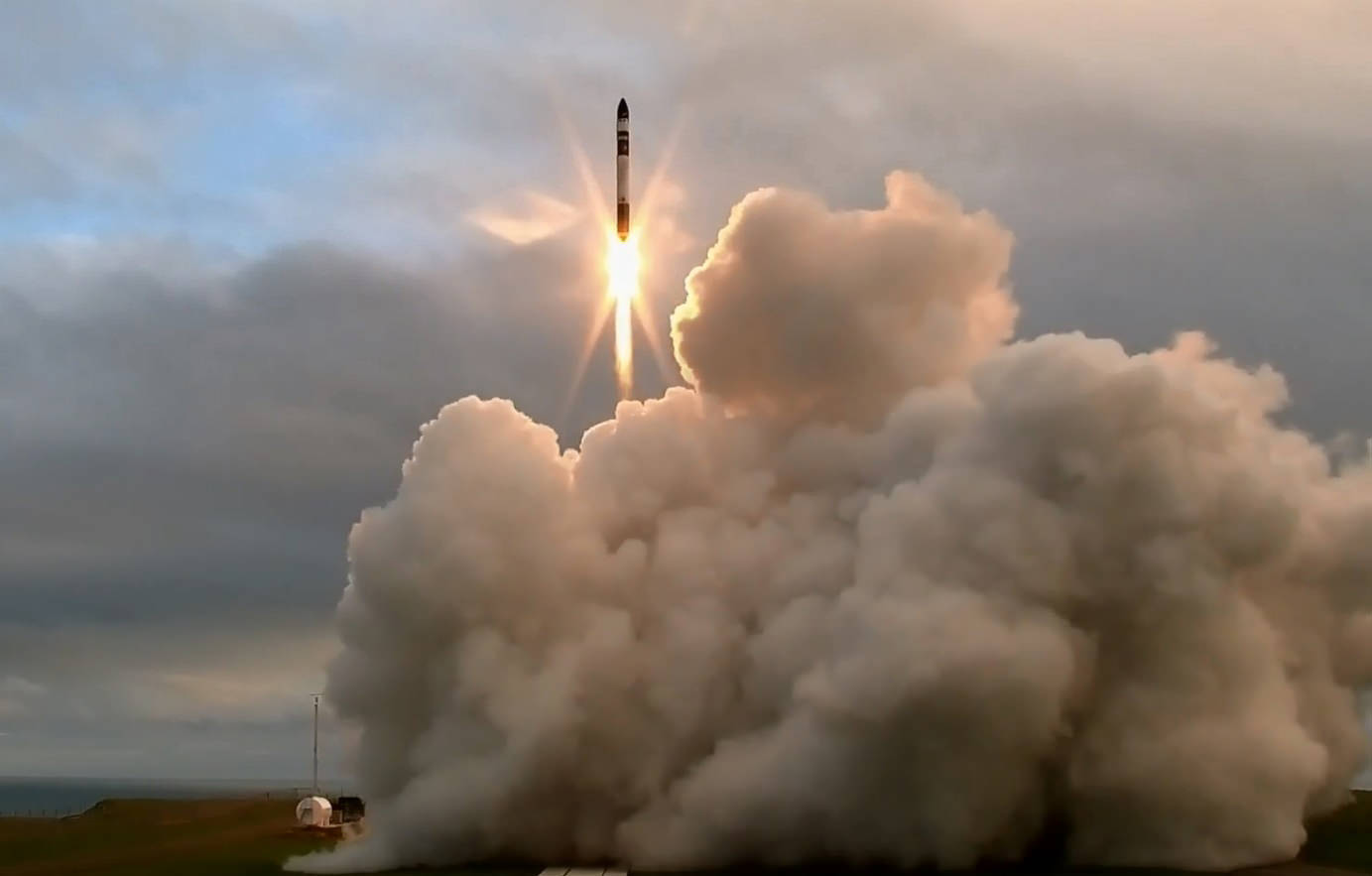
Earlier this week, the island nation of New Zealand made history with the first successful launch of a rocket from their soil. The rocket in question was Rocket Lab's Electron prototype.
Continue reading
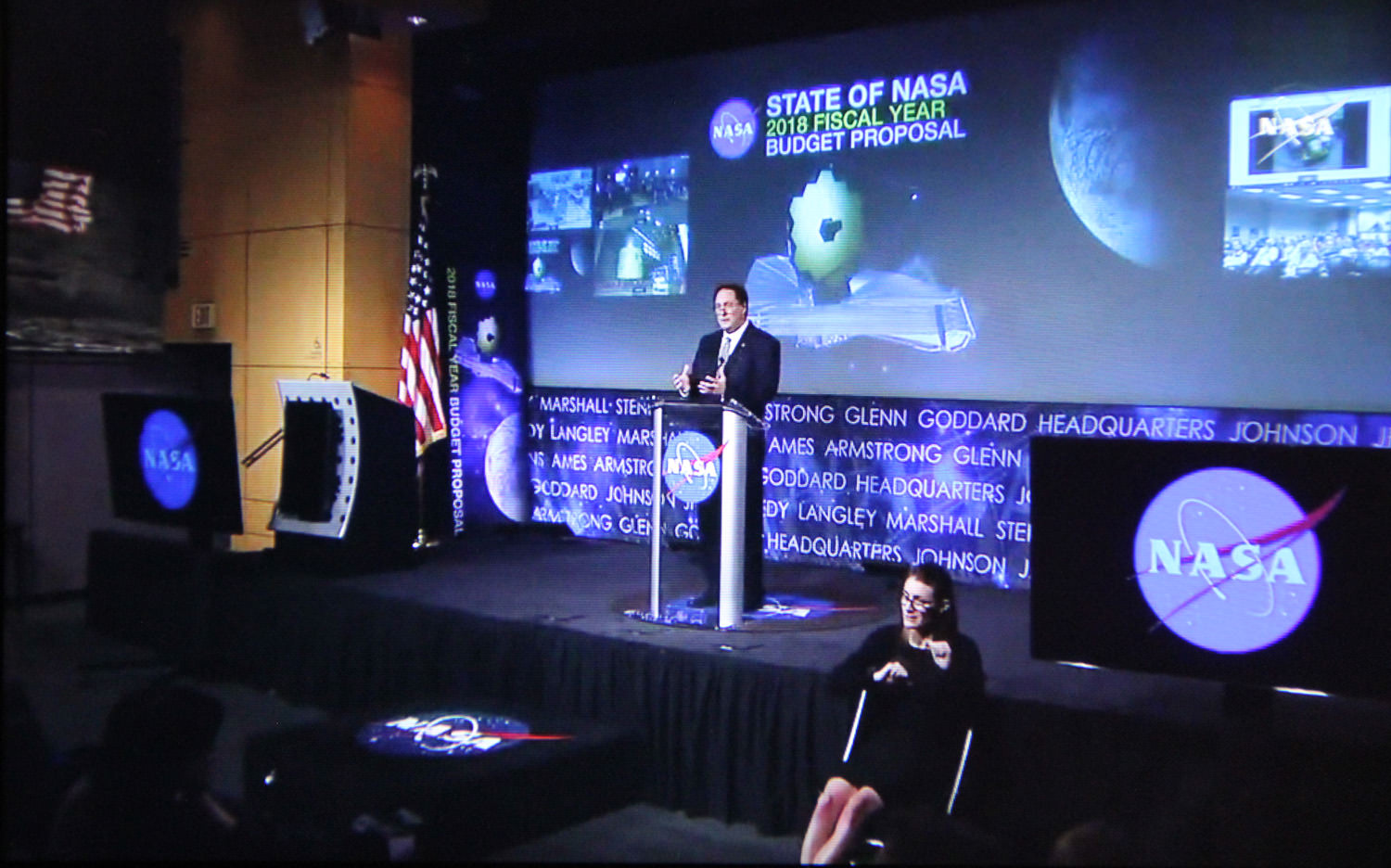
The Trump Administration has proposed a $19.1 Billion NASA budget request for Fiscal Year 2018, which amounts to a $0.5 Billion reduction compared to the recently enacted FY 2017 NASA Budget. Although it maintains many programs such as human spaceflight, planetary science and the Webb telescope, the budget also specifies significant cuts and terminations to NASA's Earth Science and manned Asteroid redirect mission as well as the complete elimination of the Education Office.
Continue reading
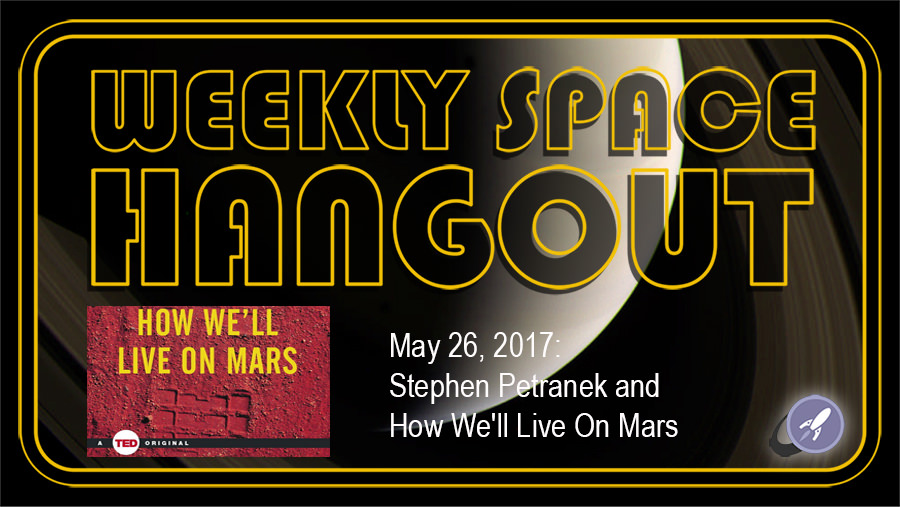
Continue reading
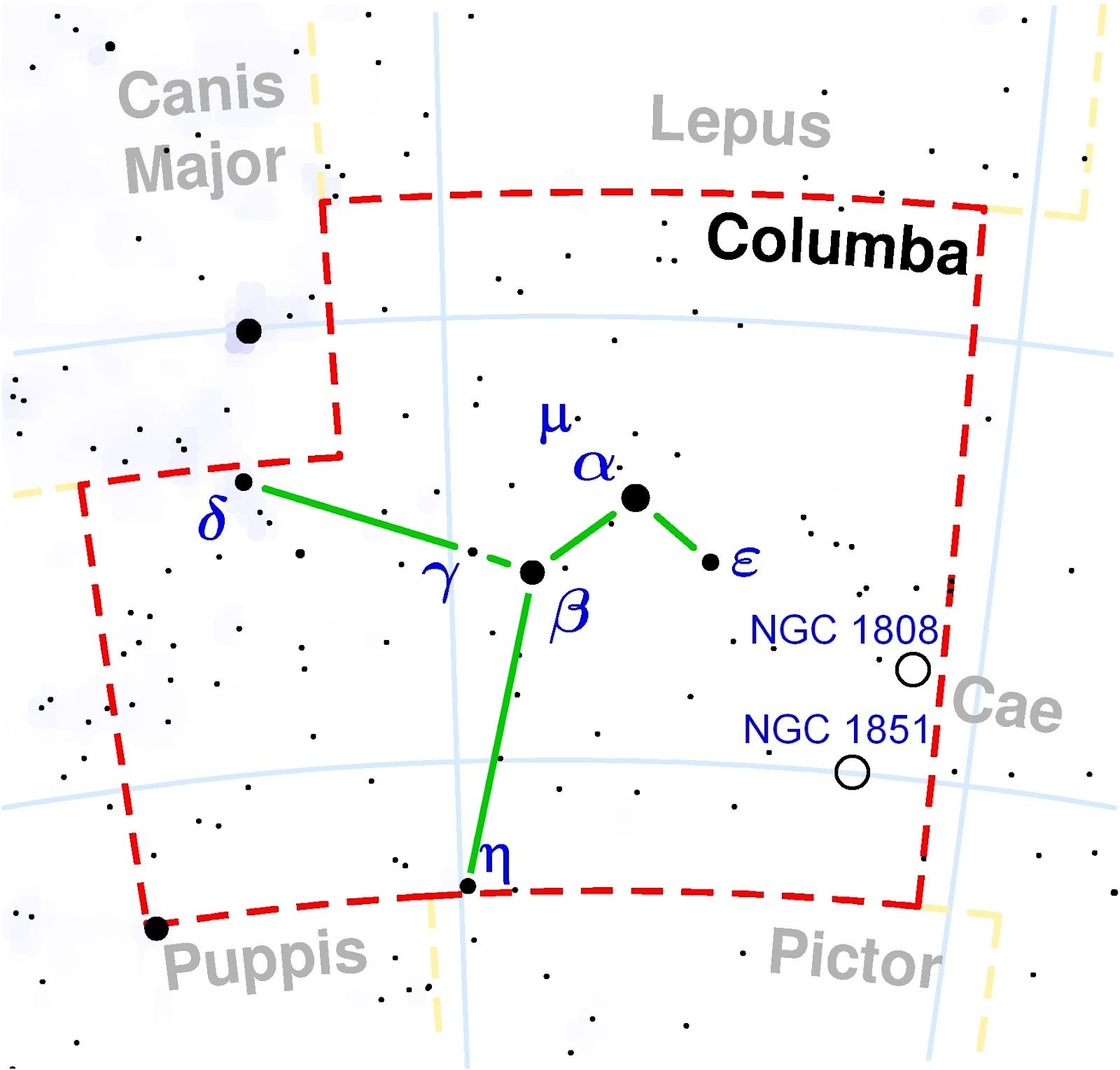
Located in the southern hemisphere is the small constellation of Columba, one of the 88 constellations currently recognized by the IAU.
Continue reading
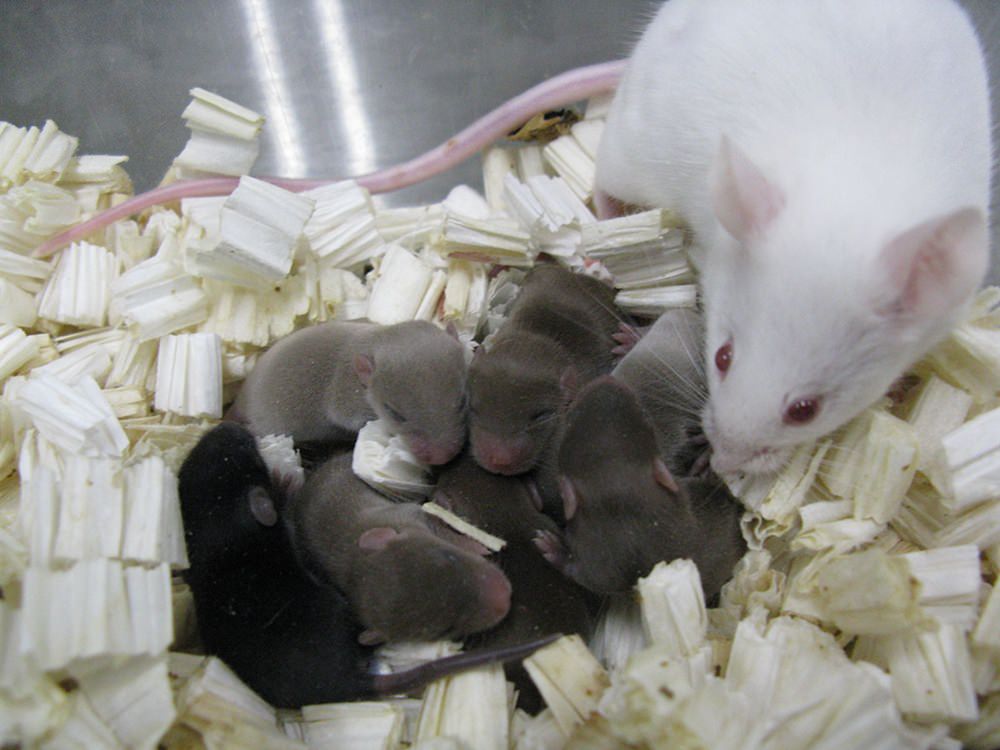
A team of Japanese researchers were able to fertilize mice embryos and produce a healthy litter of mice using frozen sperm that spent nine months in space.
Continue reading
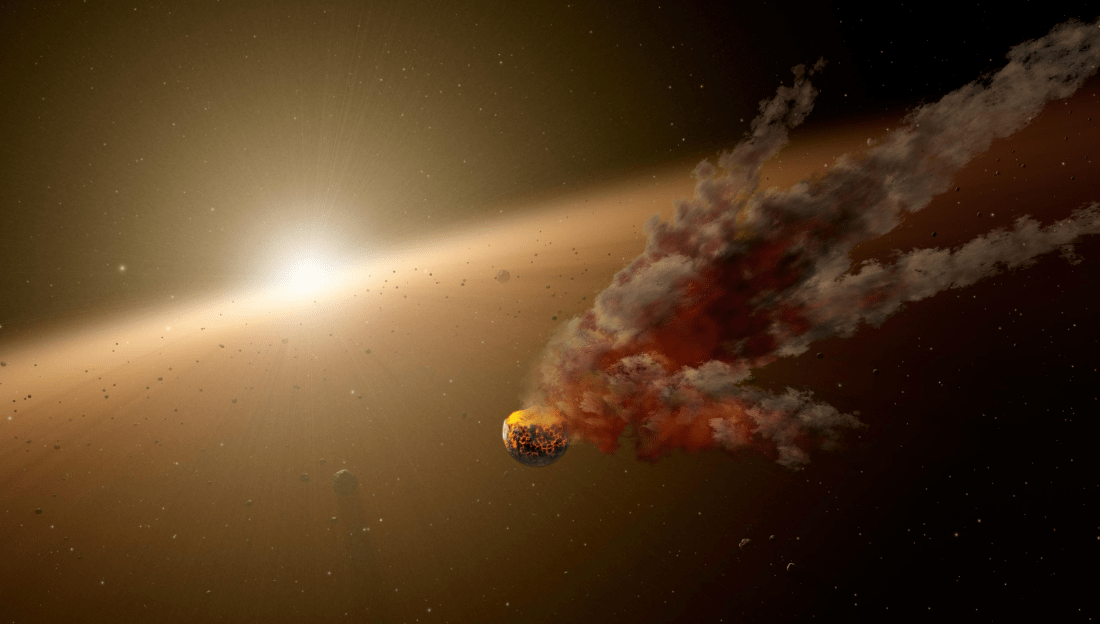
Tabby's Star is dimming again, and two new studies have been released that offer new and interesting theories on what could be causing it.
Continue reading
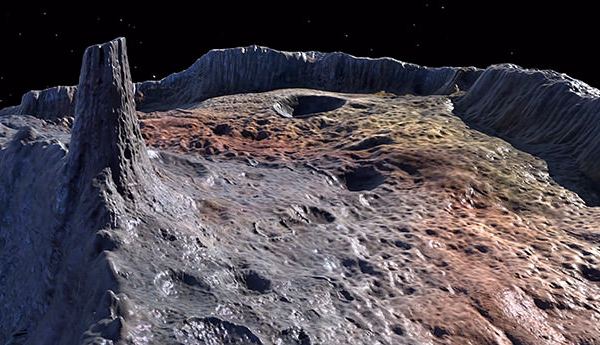
Continue reading
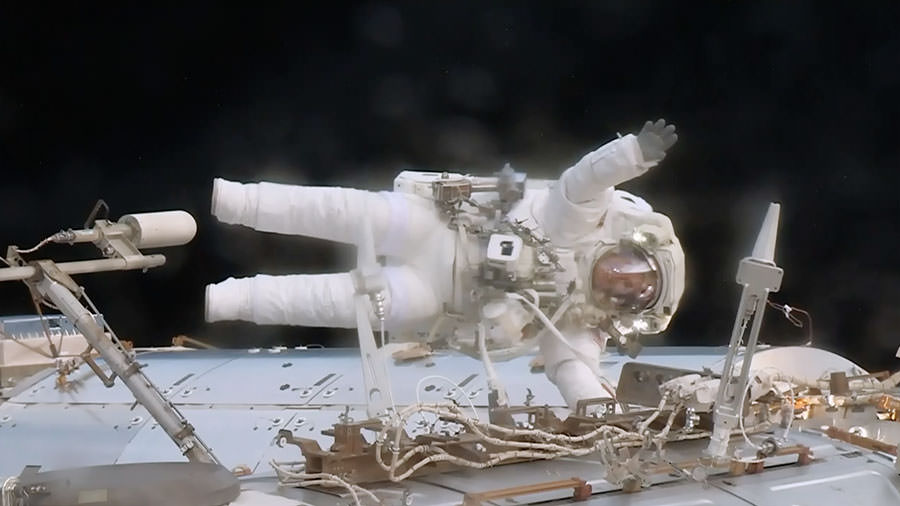
In the space of just 3 days, a pair of NASA astronauts conducted an unplanned and rapidly executed contingency space walk on the exterior of the space station on Tuesday, May 23 in order to replace a critical computer unit that failed over the weekend.
Continue reading
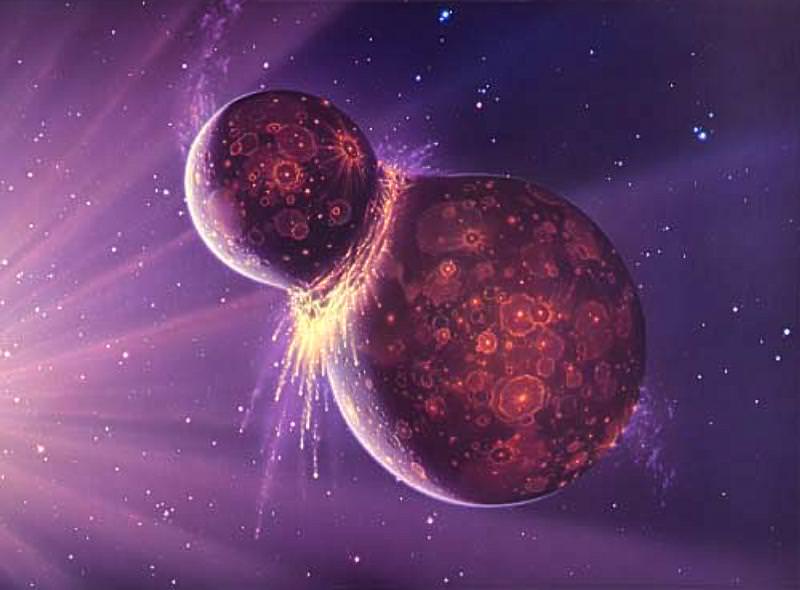
Under the right conditions, two colliding rocky bodies might form a temporary structure called a 'synestia'. This rotating mass of partially vaporized rock would might only last a hundred years or so.
Continue reading
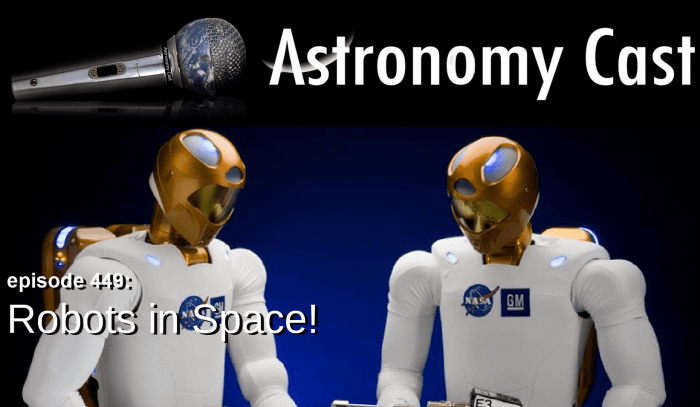
Continue reading
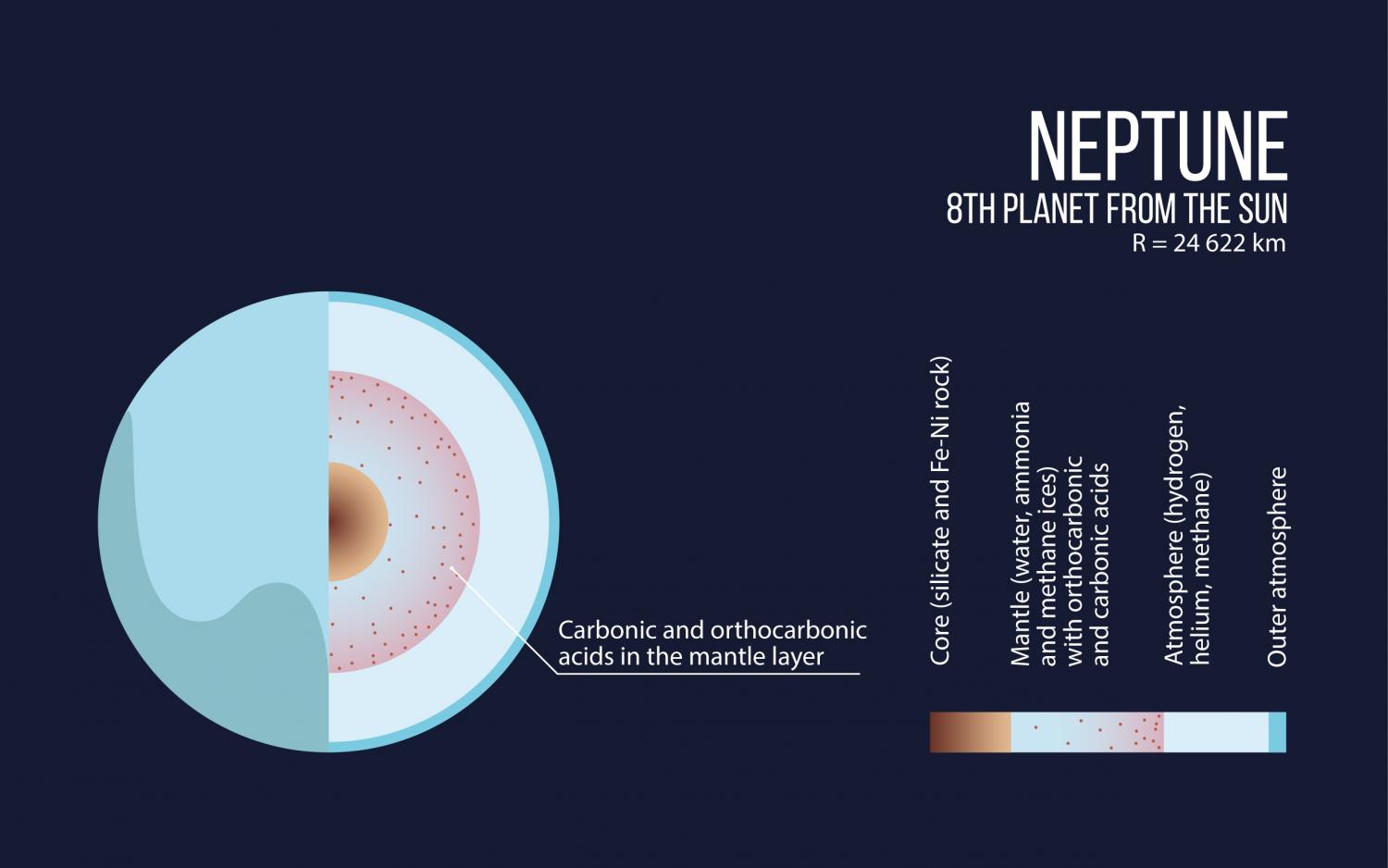
The "ice giant" Neptune, the farthest planet from our Sun, is made up of gases, super-heated liquids, and maybe even diamonds!
Continue reading
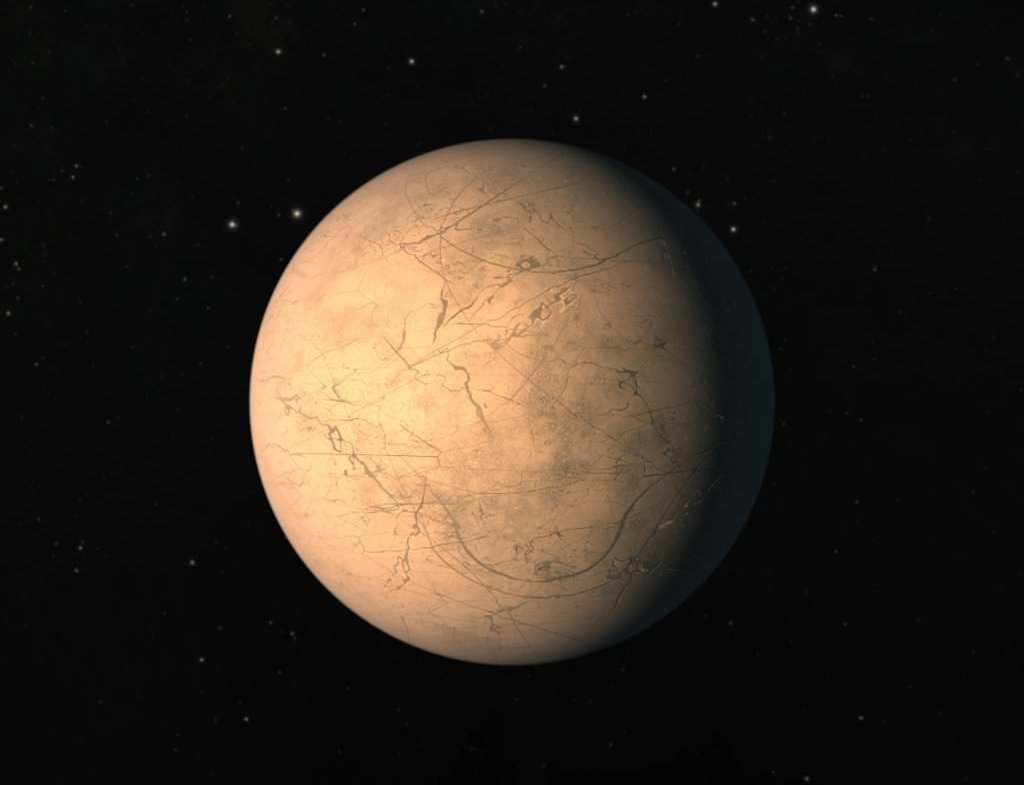
A new study by an international team of researchers has revealed information about the surface conditions on TRAPPIST-1's outermost planet.
Continue reading
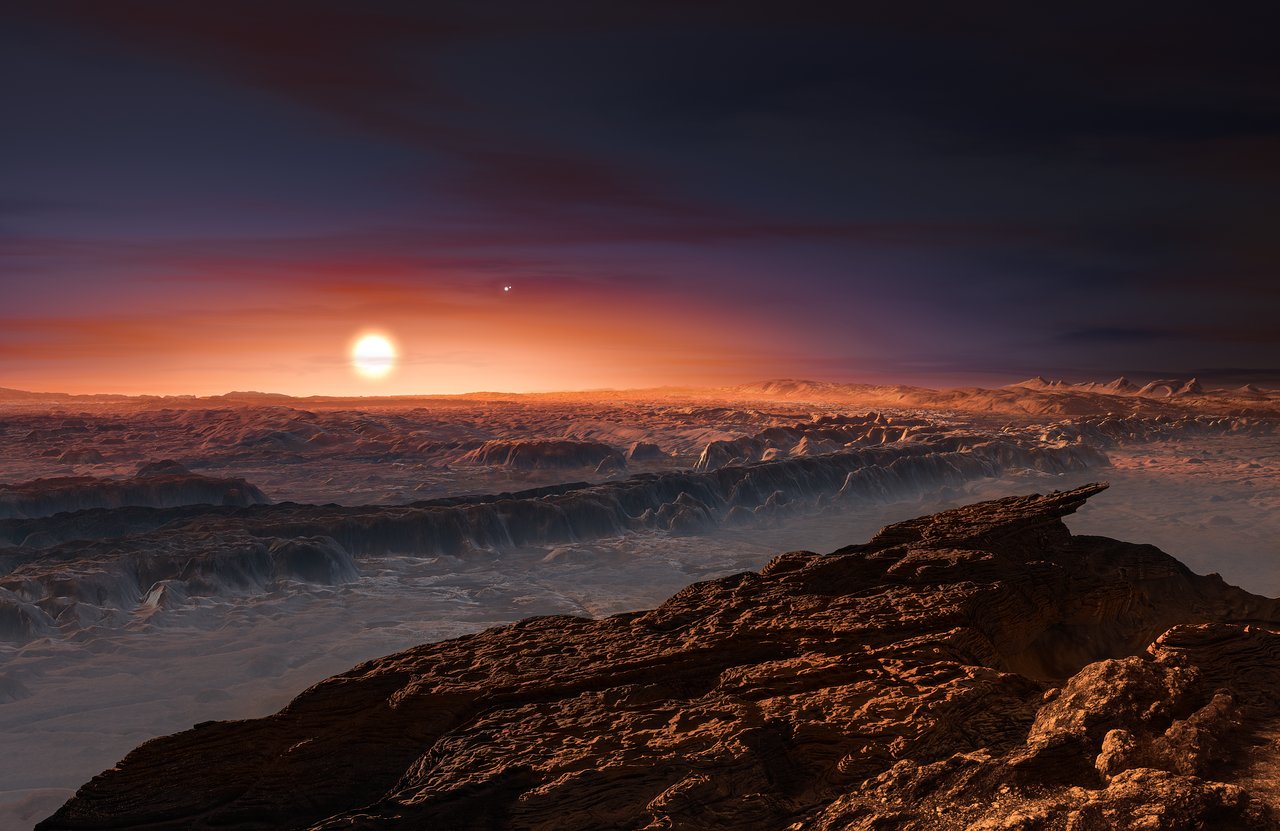
In a presentation at Breakthrough Discuss, astrophysicist Dr. Berdyugina explained how methods used to study stars could be used to determine the presence of plants on other planets.
Continue reading
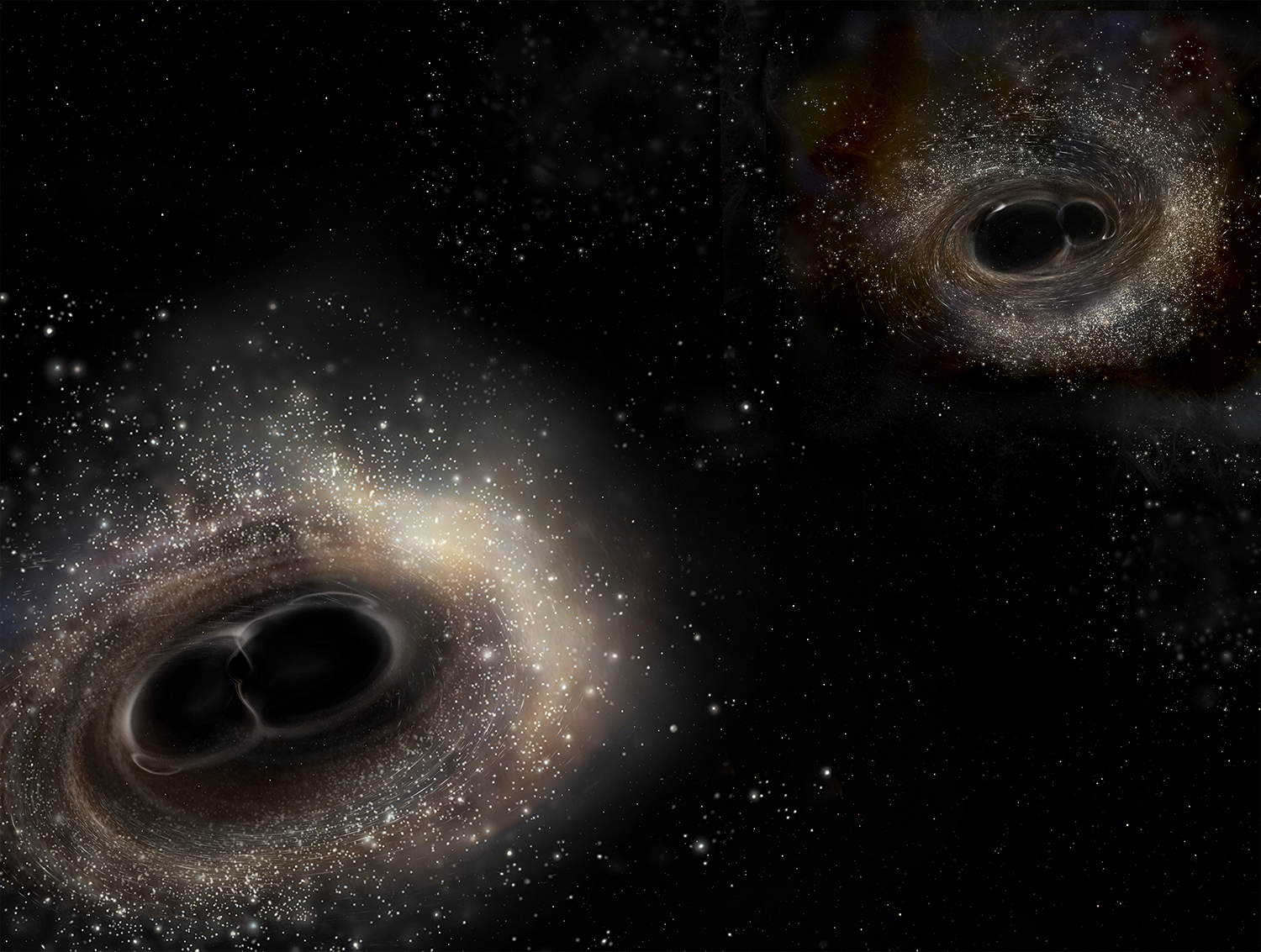
A new study by a team of researchers from Monash University argues that gravitational waves may permanently alter the fabric of spacetime.
Continue reading
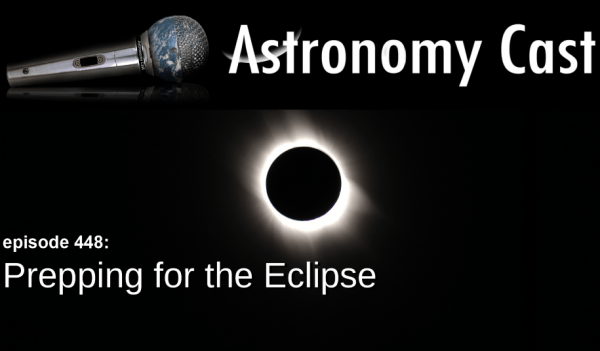
Continue reading

Continue reading
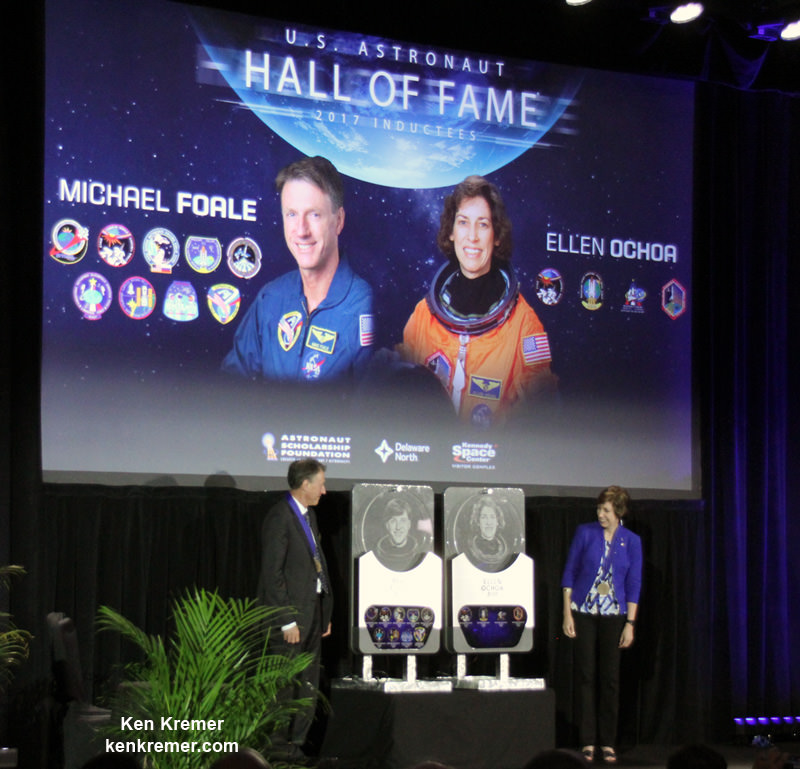
KENNEDY SPACE CENTER VISITOR COMPLEX, FL - In a moving ceremony, a pair of veteran NASA astronauts - Michael Foale and Ellen Ochoa - who once flew together on a space shuttle mission, were inducted into the U. S. Astronaut Hall of Fame at the Kennedy Space Center Visitor Complex, Florida, on May 19.
Continue reading
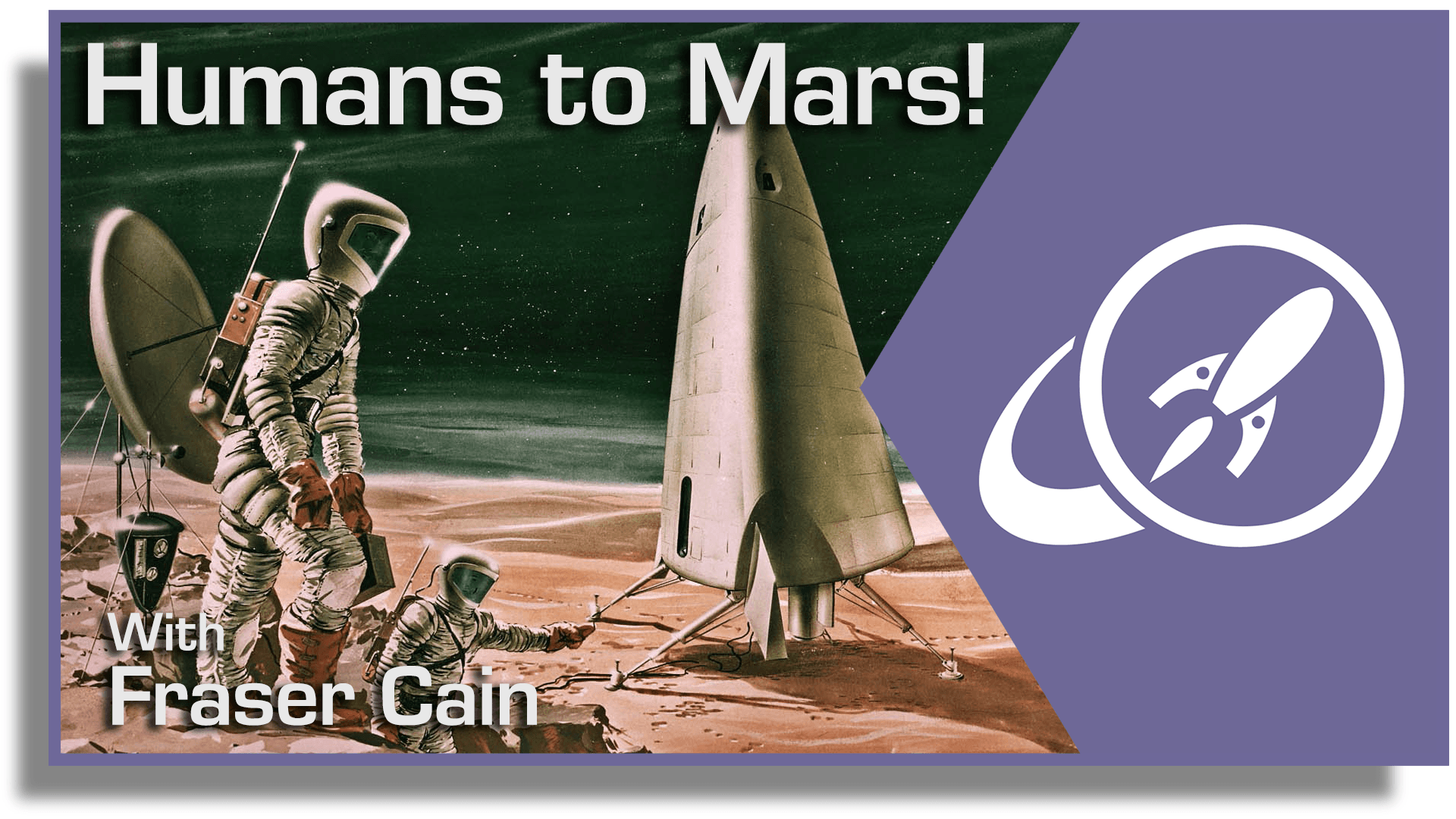
In a special two part episode, Fraser collaborates with space historian Amy Shira Teitel at Vintage Space to investigate what spaceflight advances could have happened. Amy looks at the lost Apollo Missions, while Fraser talks about Werner Von Braun's "Mars Project".
Continue reading
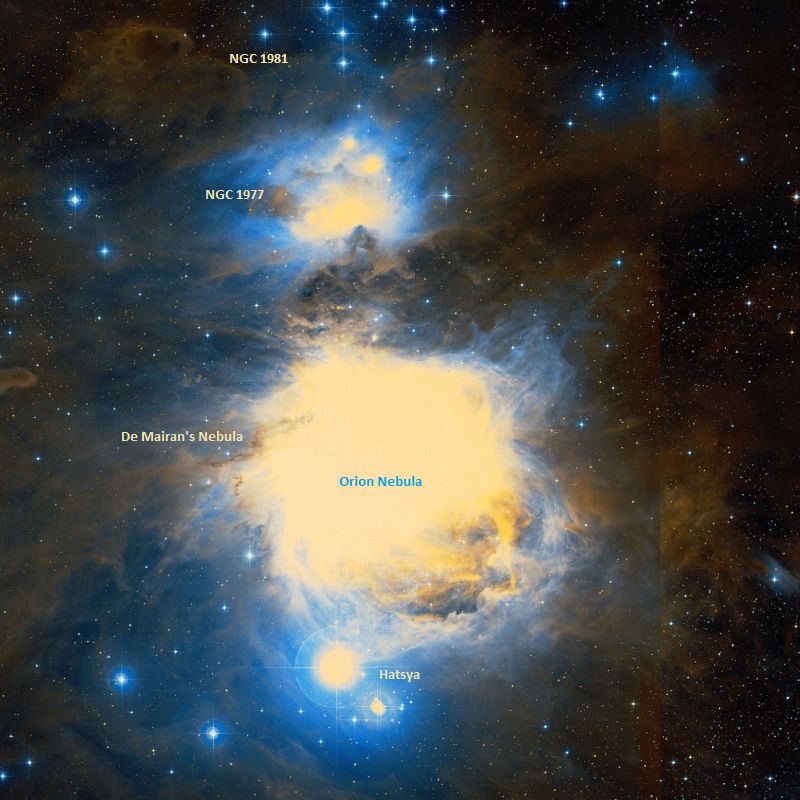
Located in the direction of the Orion constellation, roughly 1600 light-years from Earth, is the diffuse nebula known as the De Marian's Nebula
Continue reading
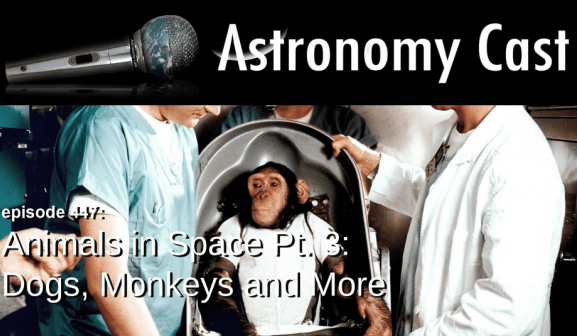
Continue reading
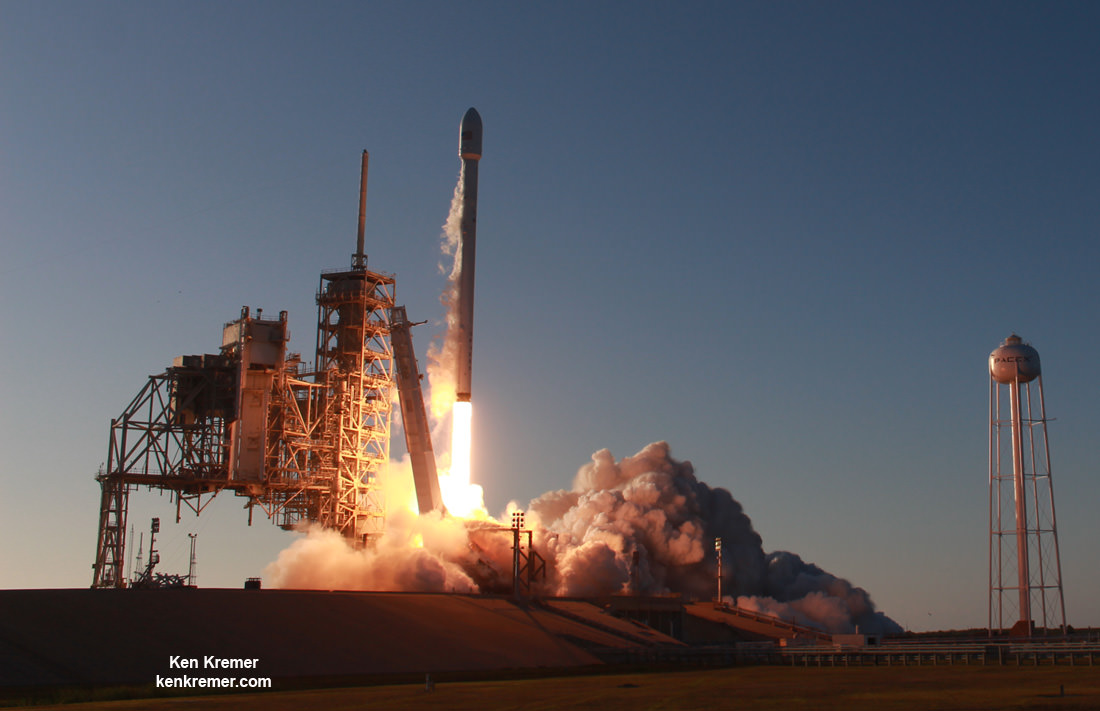
KENNEDY SPACE CENTER, FL - The worlds emerging 'Digital Society' gained a big boost following SpaceX's stunningly beautiful twilight launch of a Falcon 9 that successfully delivered the huge 6.7 ton mobile Inmarsat-5 F4 broadband satellite to orbit for London-based Inmarsat on Monday, May 15.
Continue reading
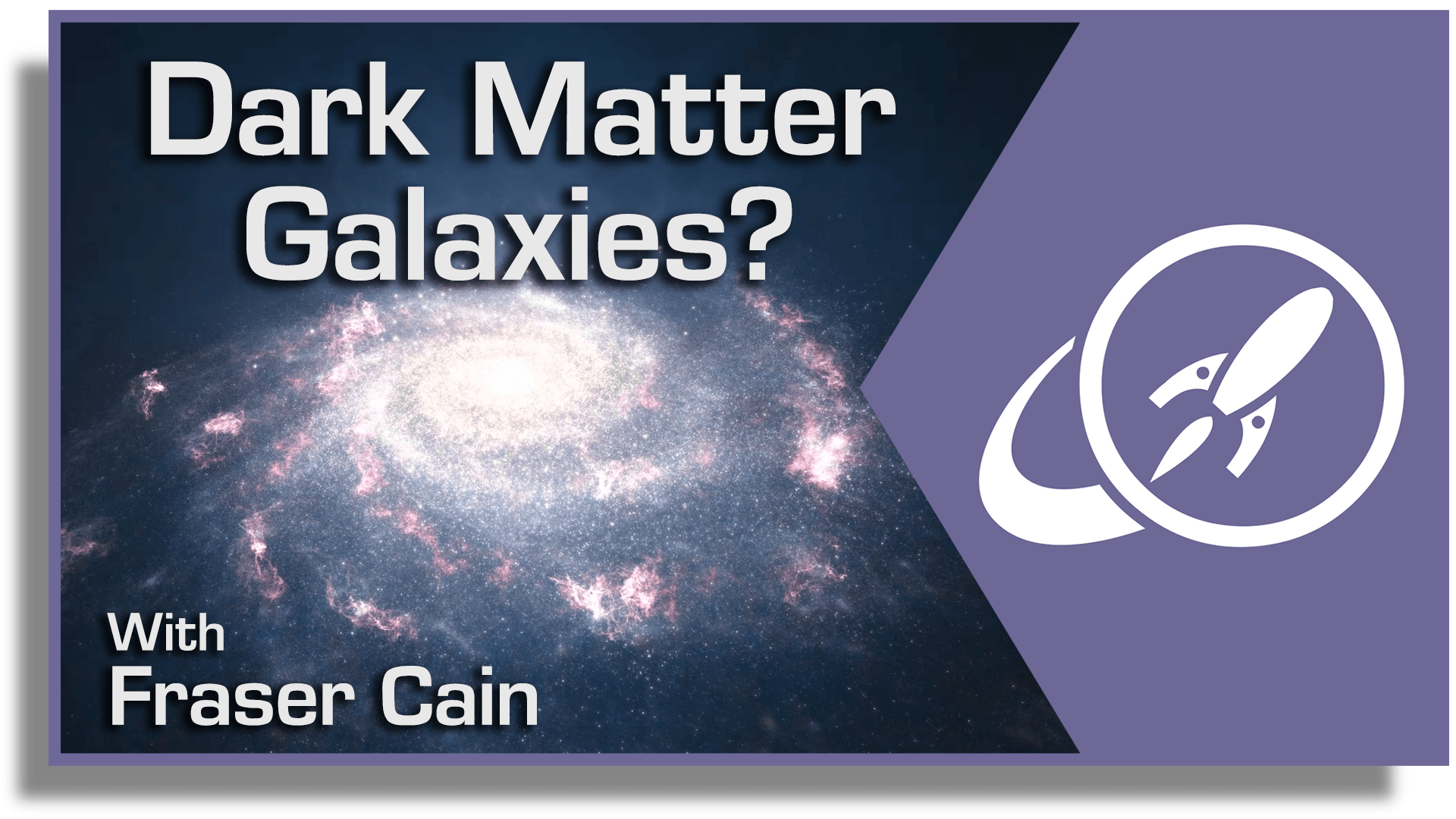
We know there's dark matter, and there are galaxies, but are there galaxies entirely made up of dark matter? Astronomer Sarah Pearson joins Fraser to talk about what's out there.
Continue reading

The mysterious star that was found to be dimming in 2015 (prompting speculation about an alien megastucture) has been spotted dimming again!
Continue reading
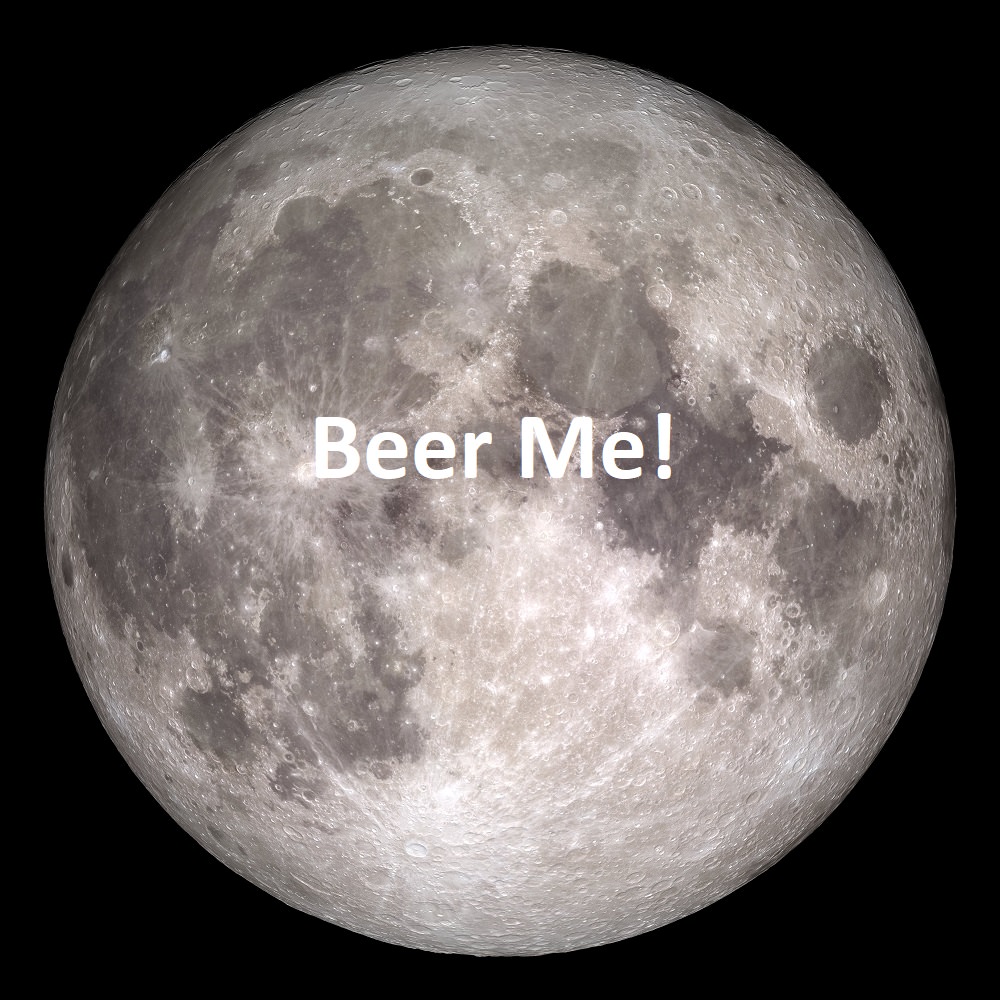
A team of bioengineering students from UC San Diego has successfully created an experiment to test if beer can be brewed on the Moon
Continue reading
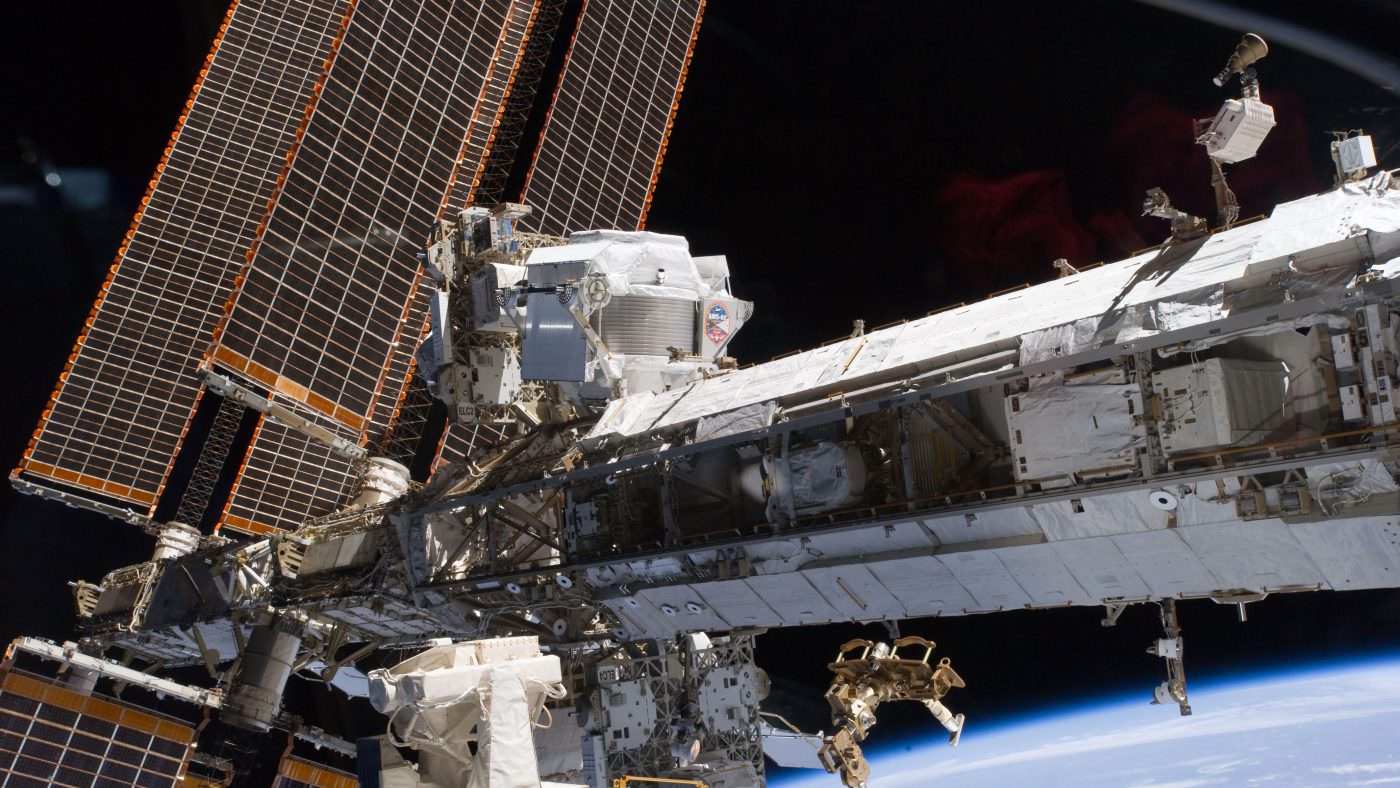
Two studies conducted independently of each other (using data obtained aboard the ISS) have provided a possible glimpse of dark matter
Continue reading
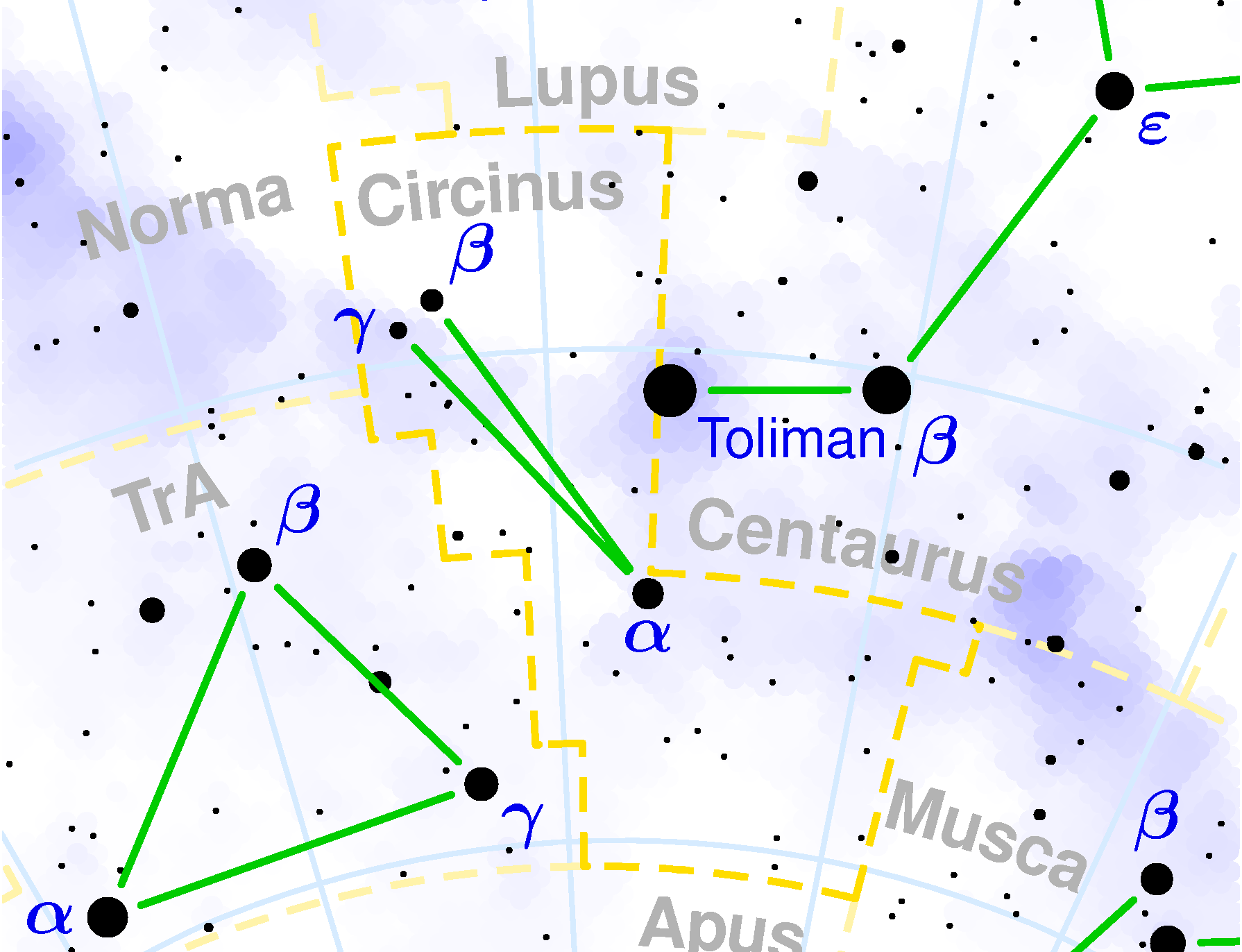
Located in the southern skies is the faint constellation of Circinus, one of the 88 modern constellations recognized by the IAU
Continue reading
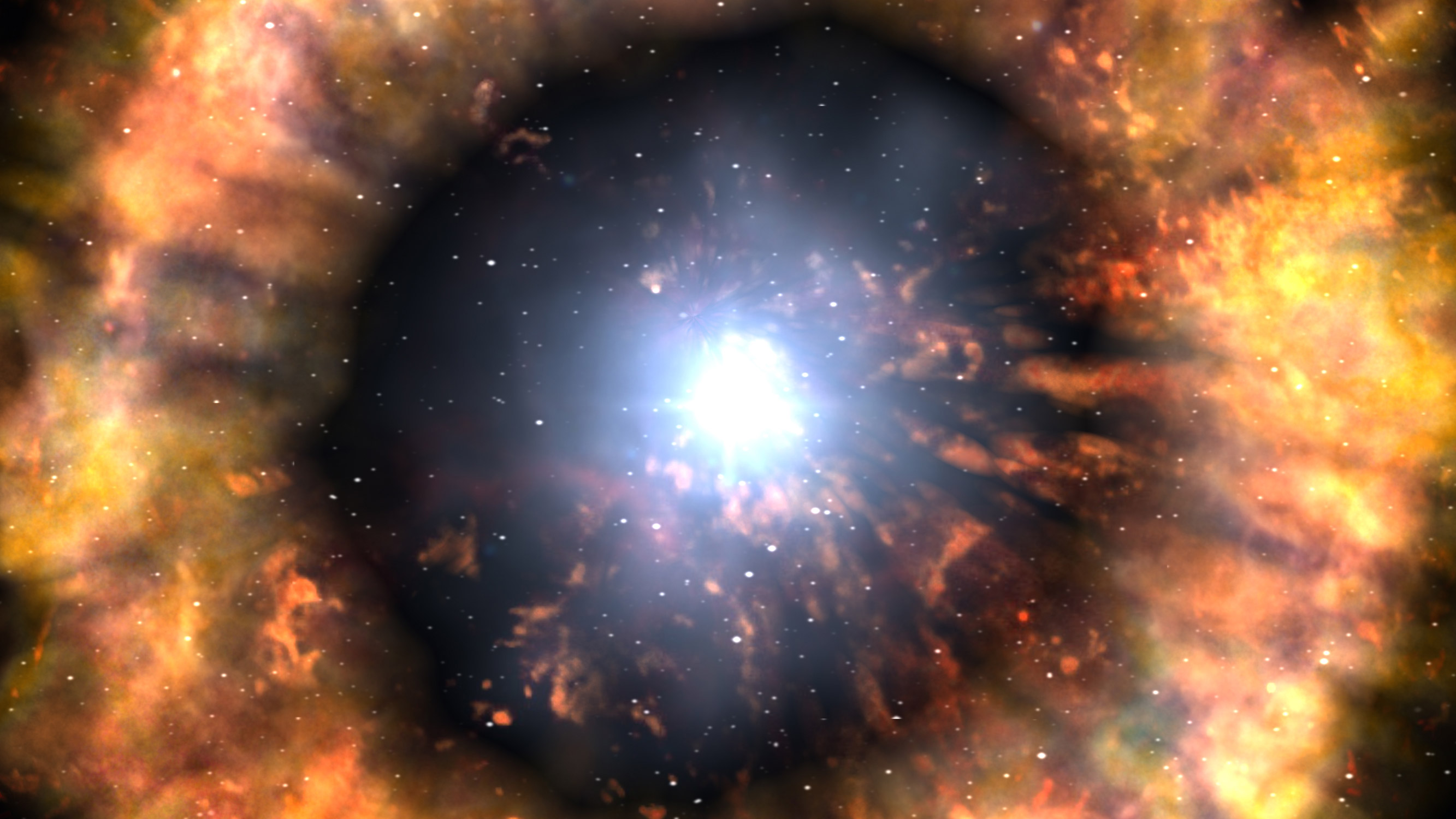
Earlier this month, amateur astronomer Patrick Wiggins spotted a type II supernova, which happened to be the closest to our Solar System in three years.
Continue reading
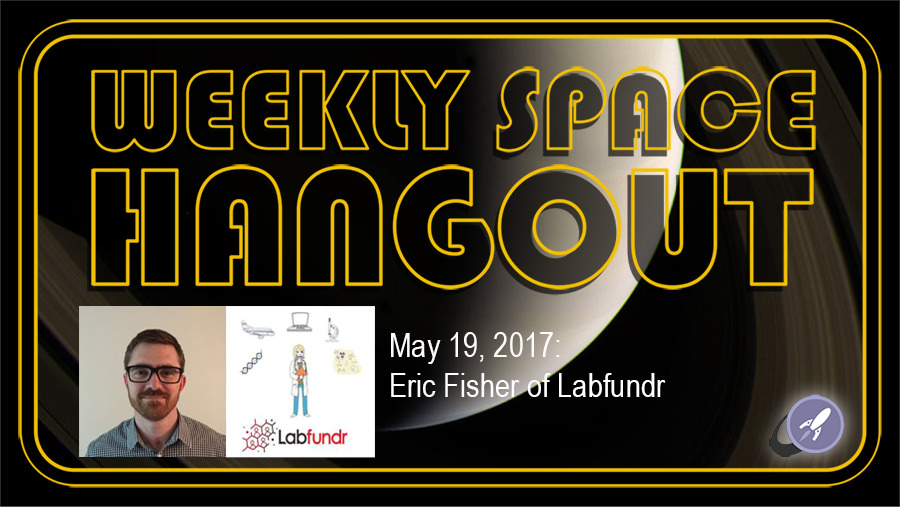
Continue reading
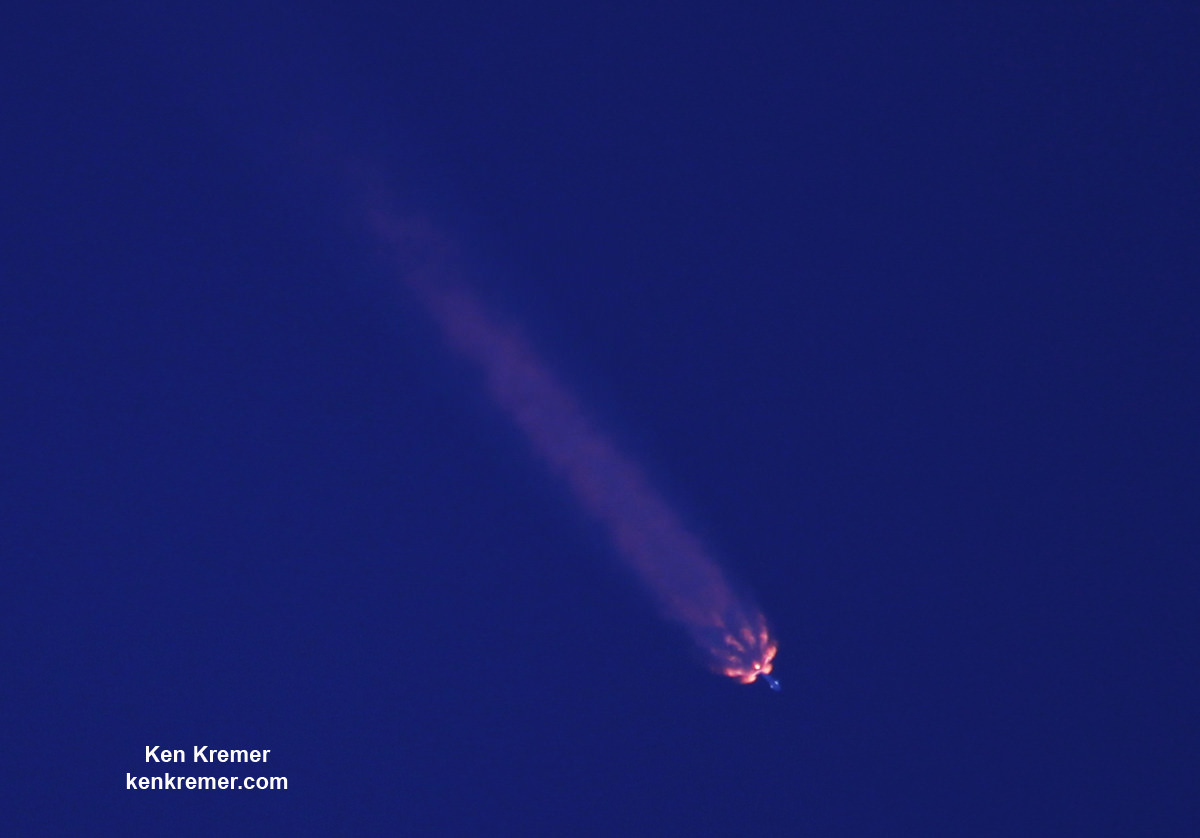
KENNEDY SPACE CENTER, FL - Following SpaceX's "exceptional performance" launching an immensely powerful broadband satellite on their maiden mission for Inmarsat this week on a Falcon 9 rocket, the company CEO told Universe Today that Inmarsat was willing to conduct future launches with SpaceX - including on a "reusable rocket in the future!"
Continue reading
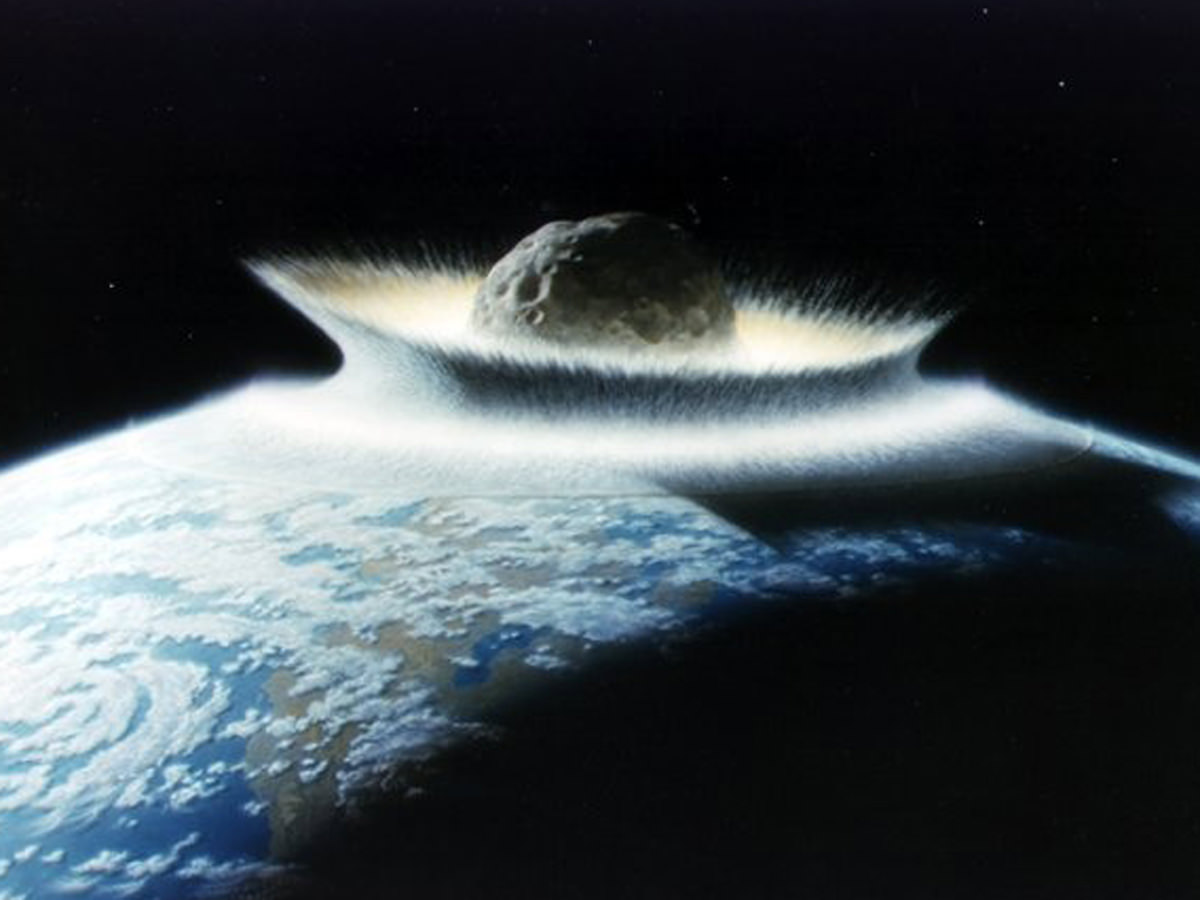
A new BBC documentary called "The Day The Dinosaurs Died" explains how things might have been different for the dinosaurs if the asteroid that caused their extinction had hit deeper ocean.
Continue reading

Continue reading
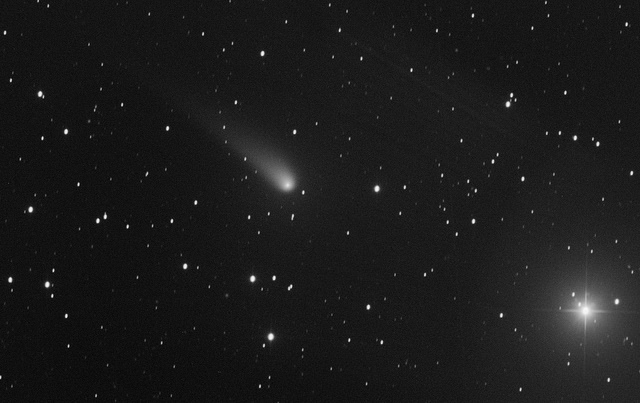
Had your fill of binocular comets? Turns out, 2017 may have saved the best for last. The past few months has seen a steady stream of dirty snowball visitations to the inner solar system, both short term periodic and long term hyperbolic. First let's run through the cometary roll call for the first part of the year: 41P Tuttle-Giacobini-Kresák, 2P/Encke, 45P Honda-Markov-Padjudašáková, C/2015 ER61 PanSTARRS and finally, the latecomer to the party, C/2017 E4 Lovejoy.
Next up is a comet with a much easier to pronounce (and type) name, at least to the English-speaking tongue: C/2015 V2 Johnson.
Continue reading
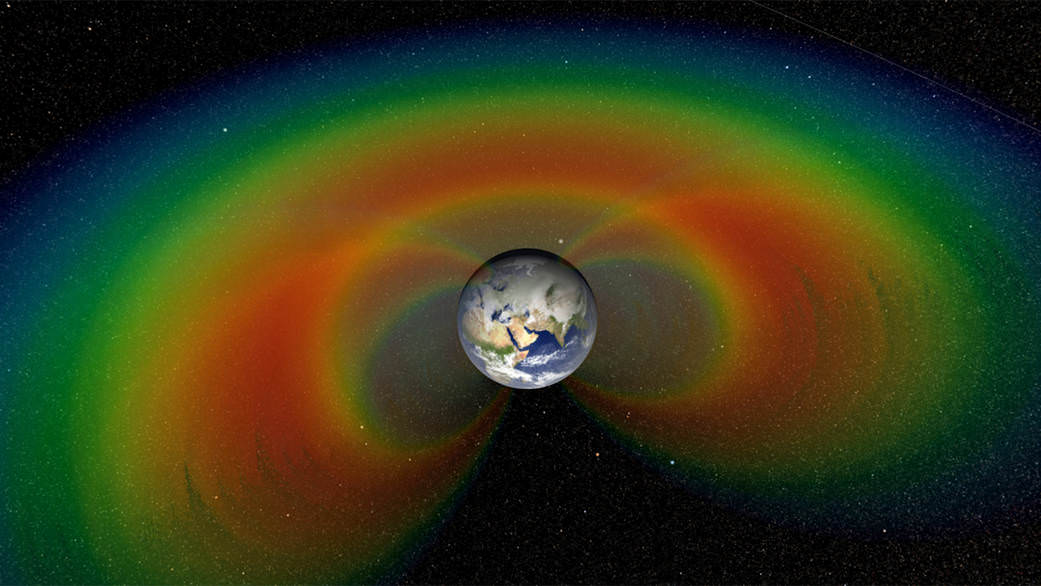
A new study has revealed how human activity has been affected the near-space environment, creating a bubble that protects against space radiation.
Continue reading
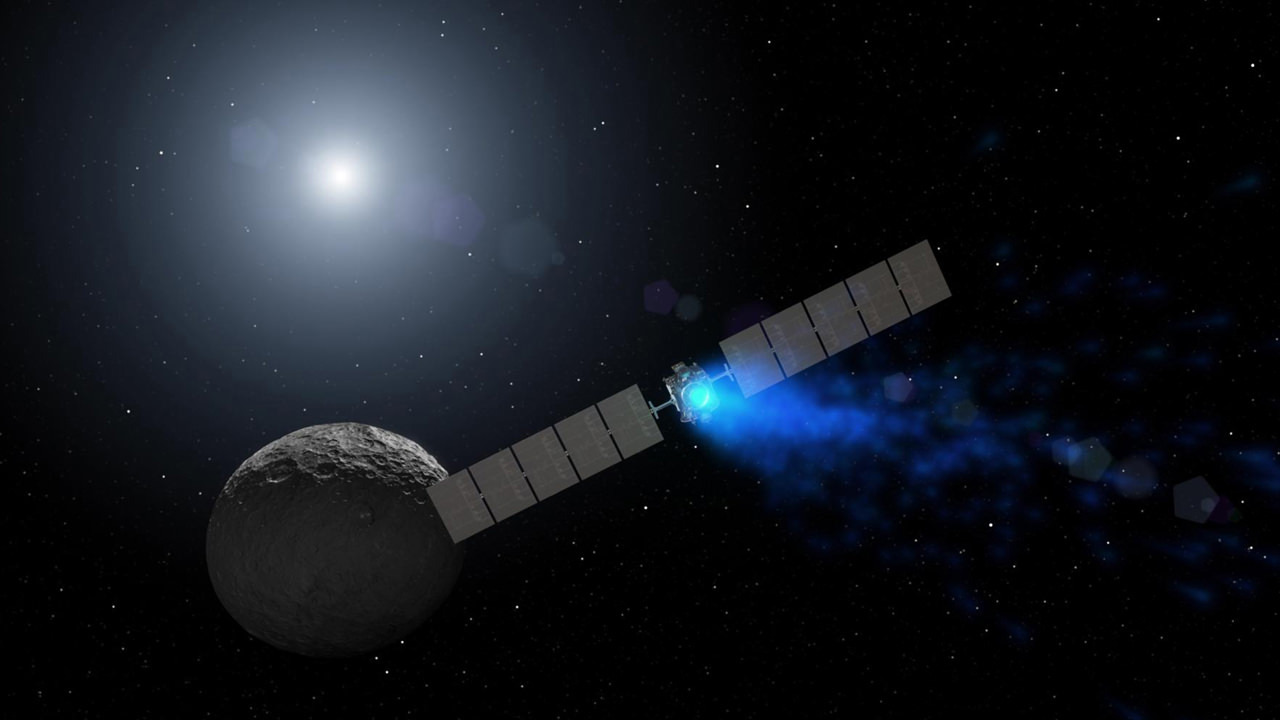
Using data provided by the Dawn probe, which now orbits between Ceres and the Sun (at opposition), NASA has created a new movie of the protoplanet
Continue reading
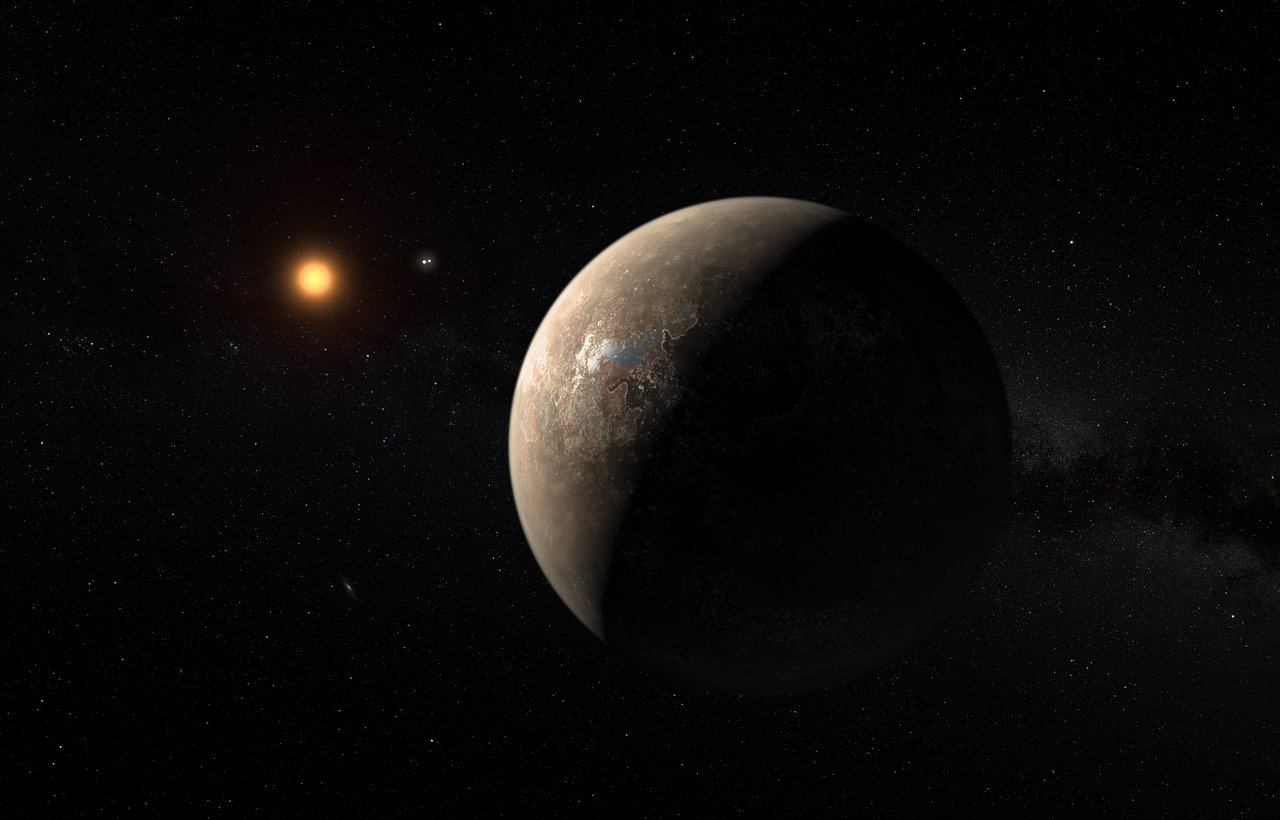
According to a series of simulations conducted by scientists from the University of Exeter and the Met Office, it is possible that Proxima b is indeed habitable
Continue reading
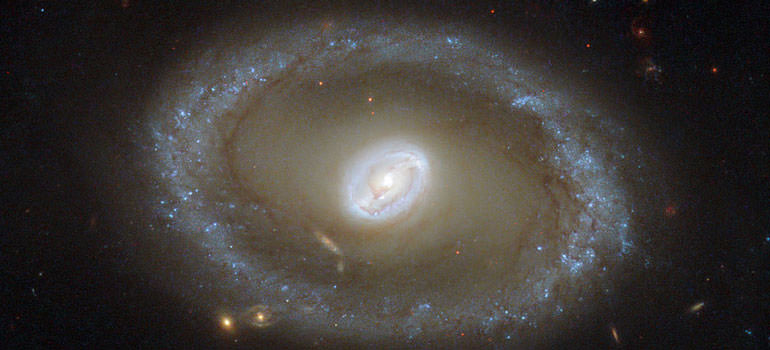
A new study by a team of researchers from UBC proposes a new vision of Dark Energy, where fluctuations in spacetime allow for a net expanding effect that is slowly accelerating
Continue reading
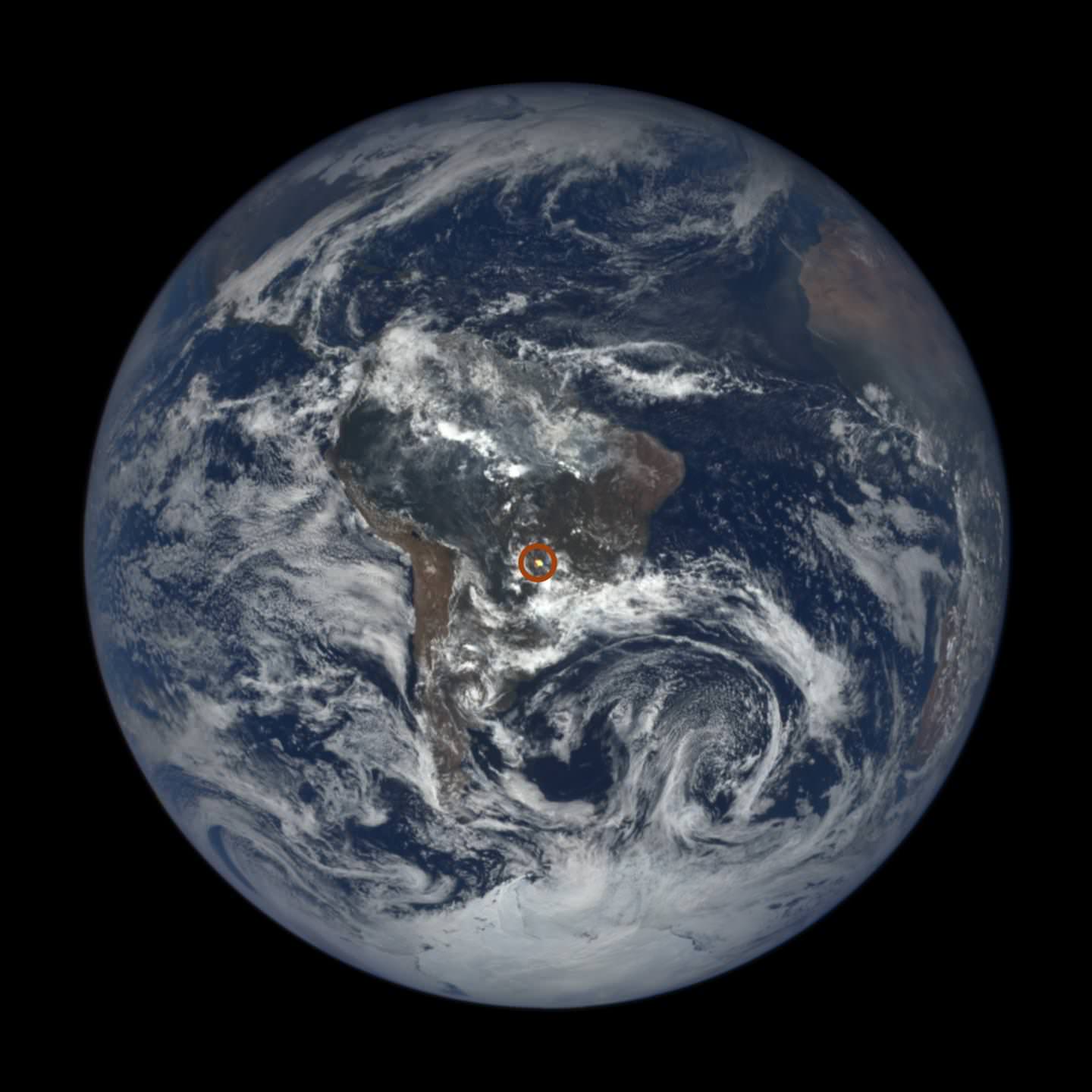
NASA's EPIC camera aboard NOAA's DSCOVR spacecraft solves decades old mystery that stymied Carl Sagan. Mysterious flashes are mysterious no more.
Continue reading


















































